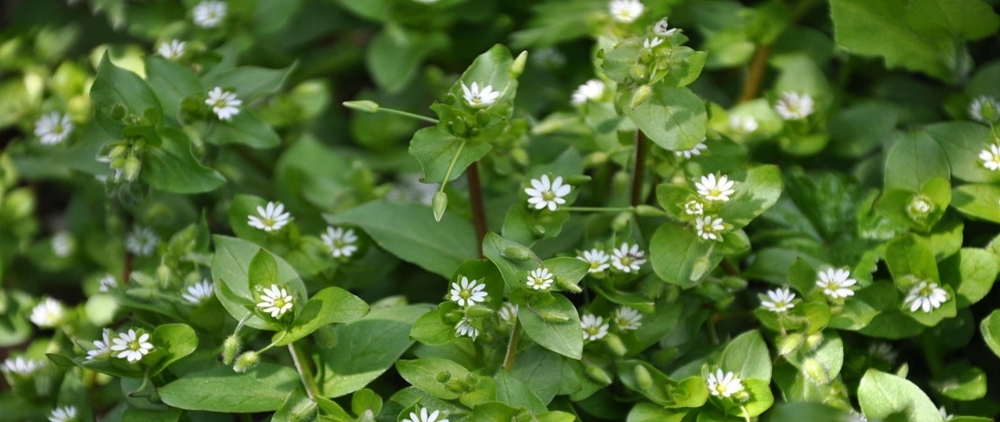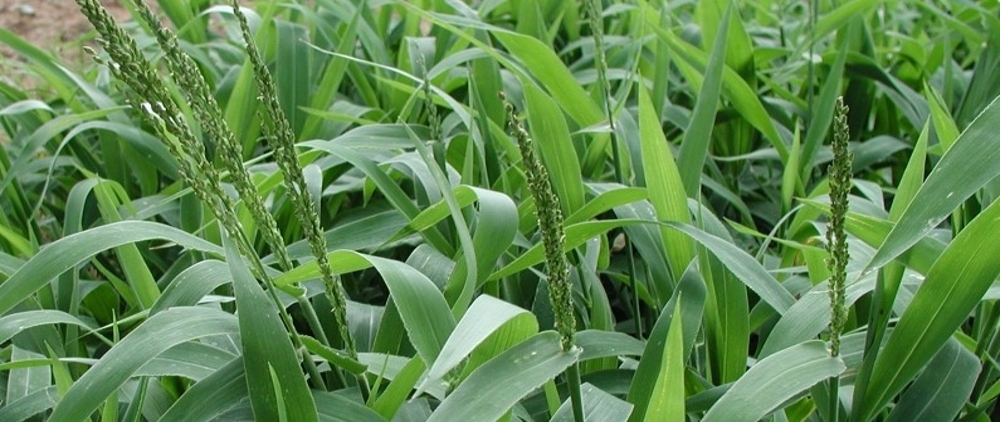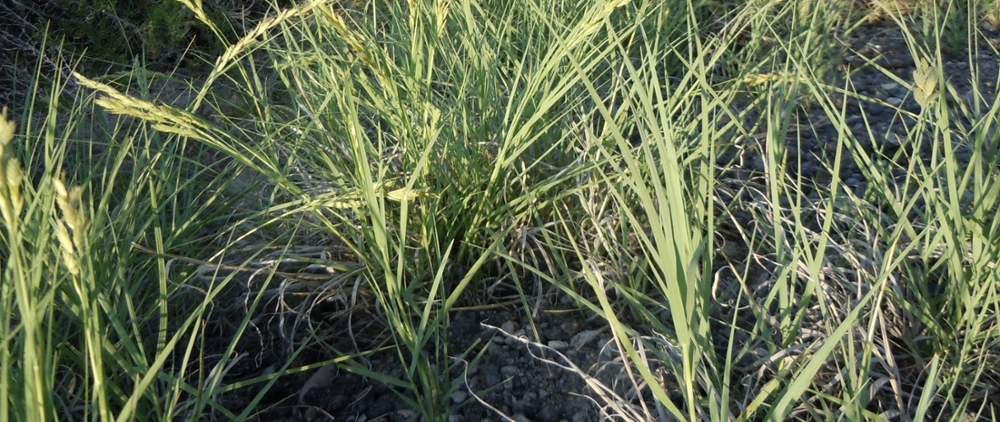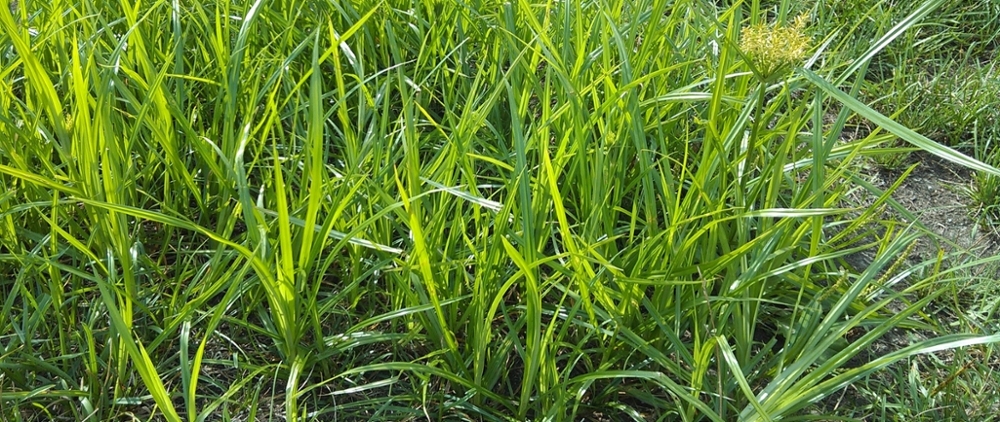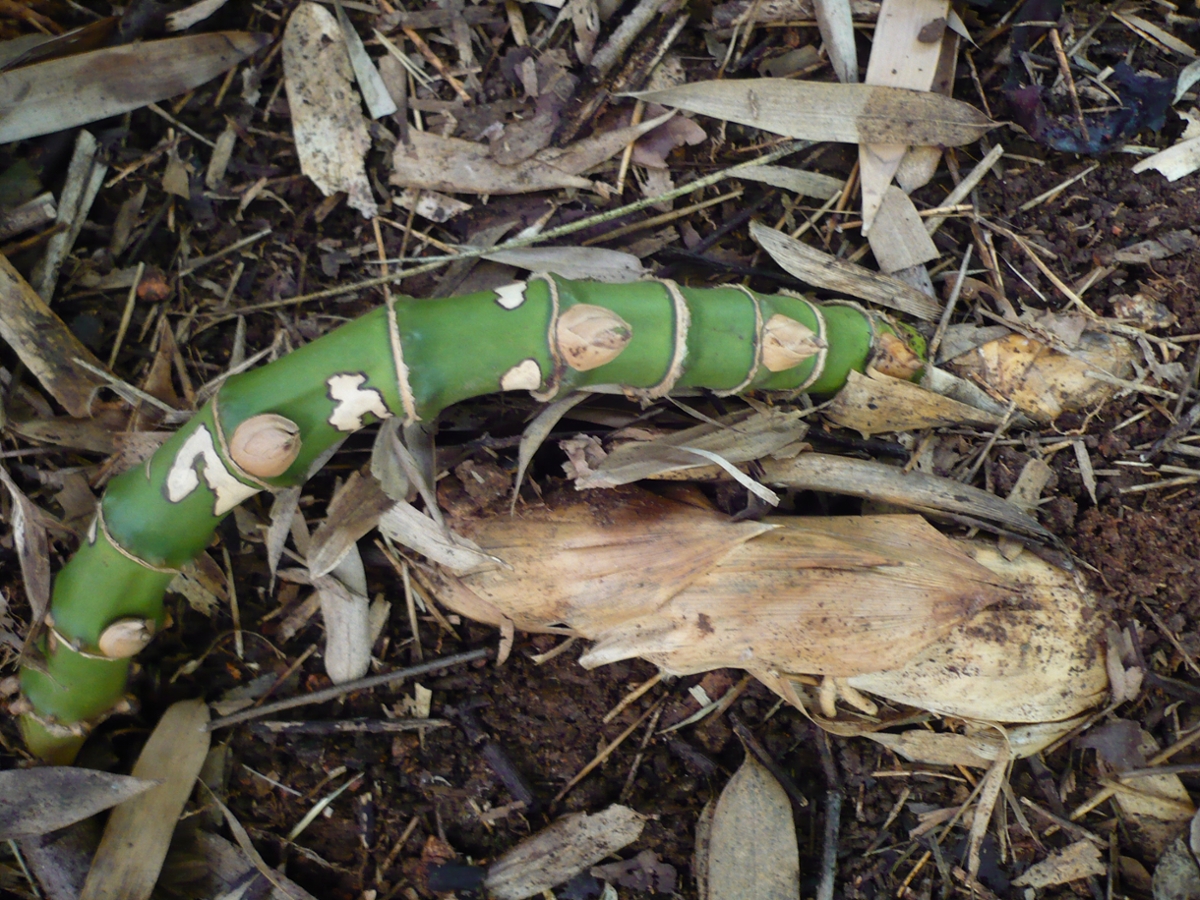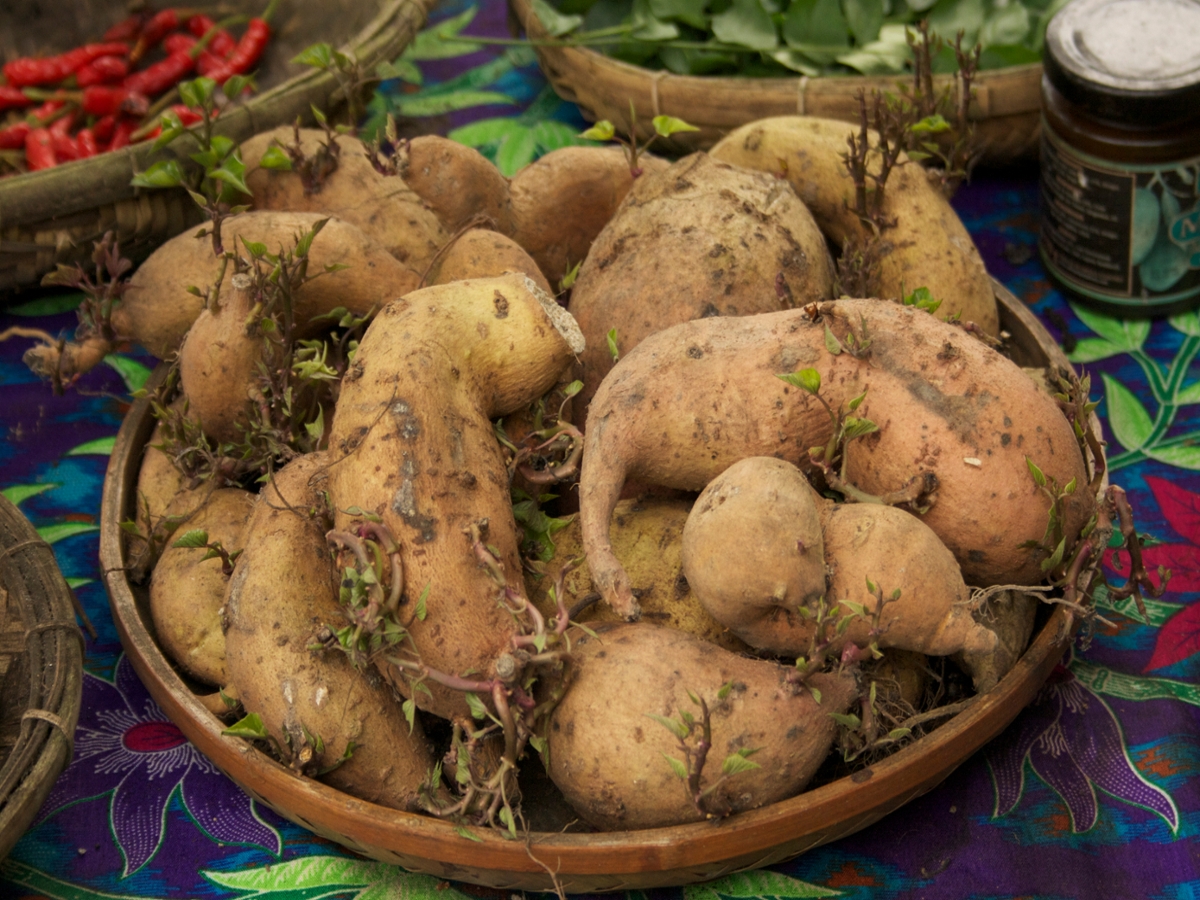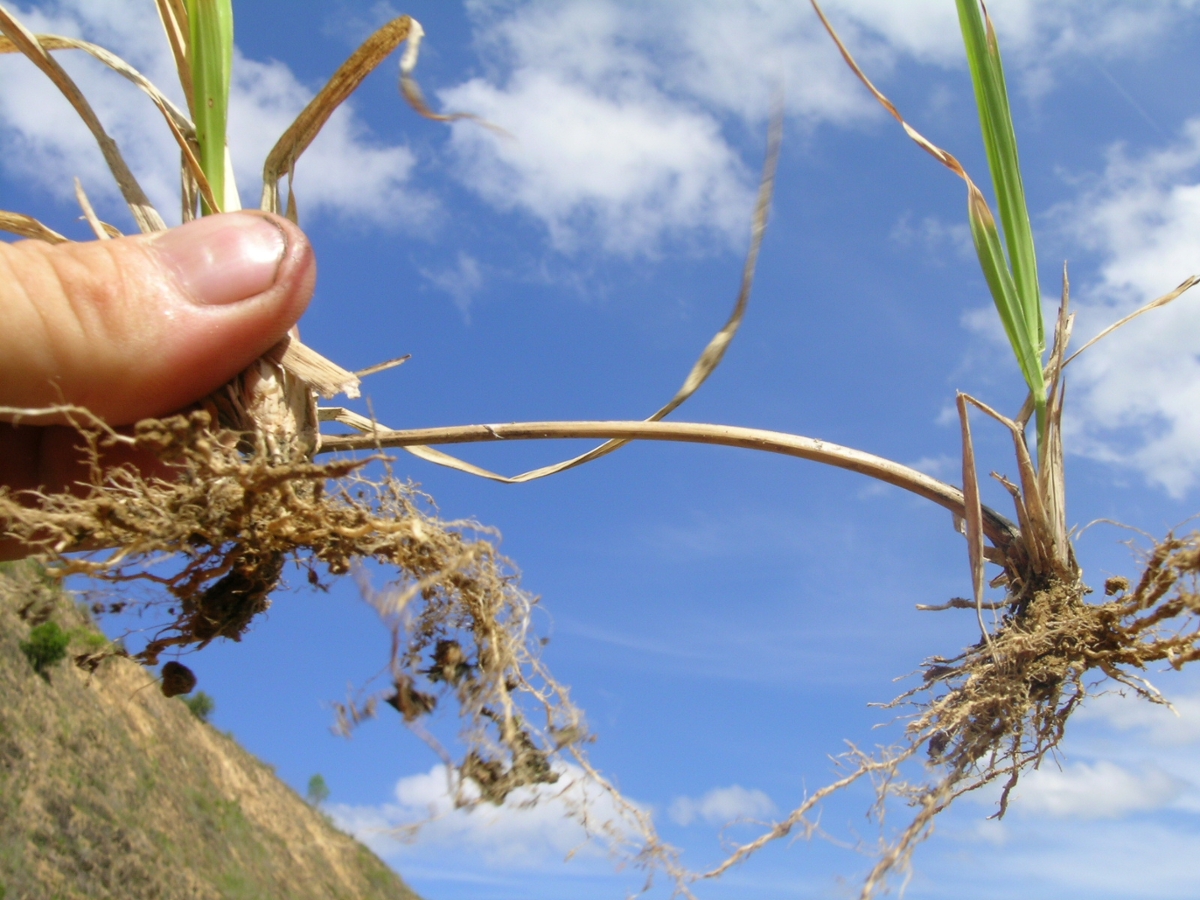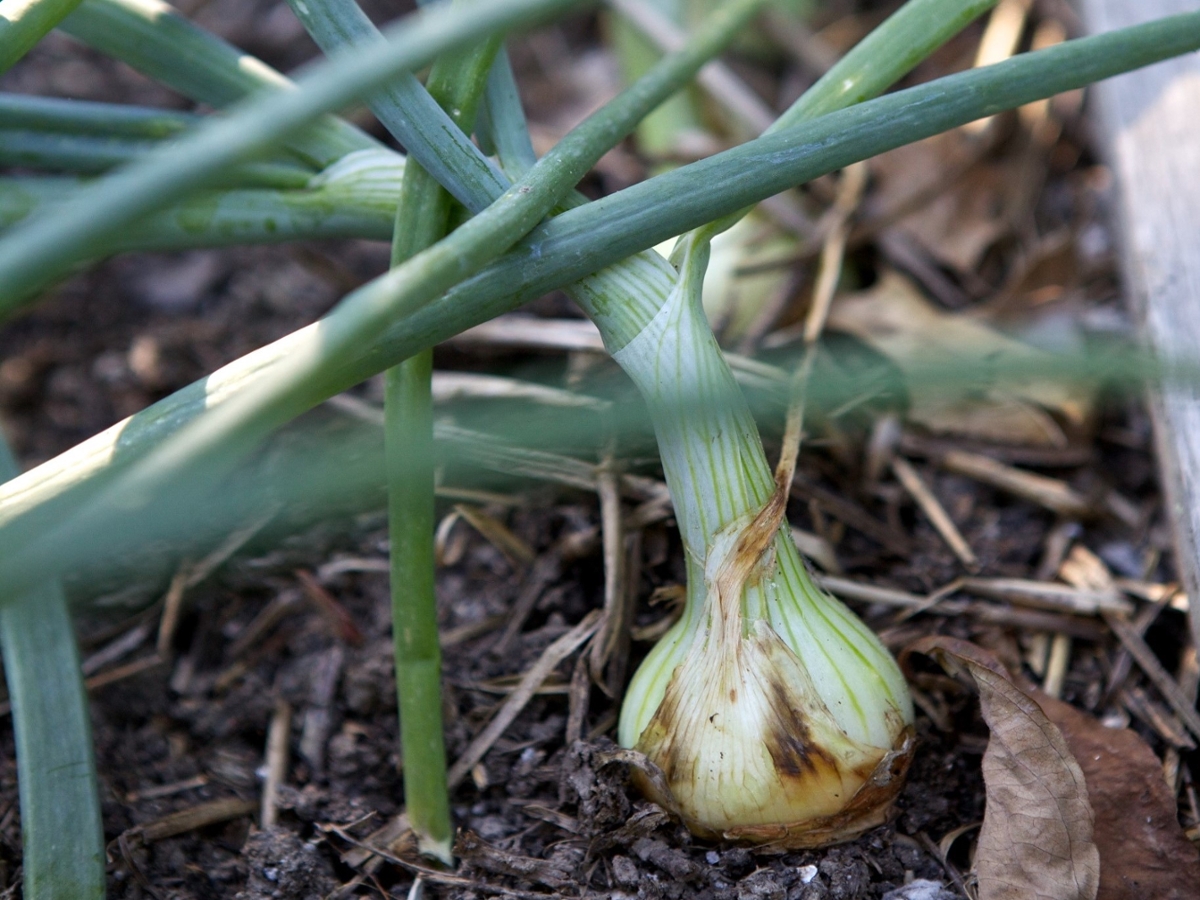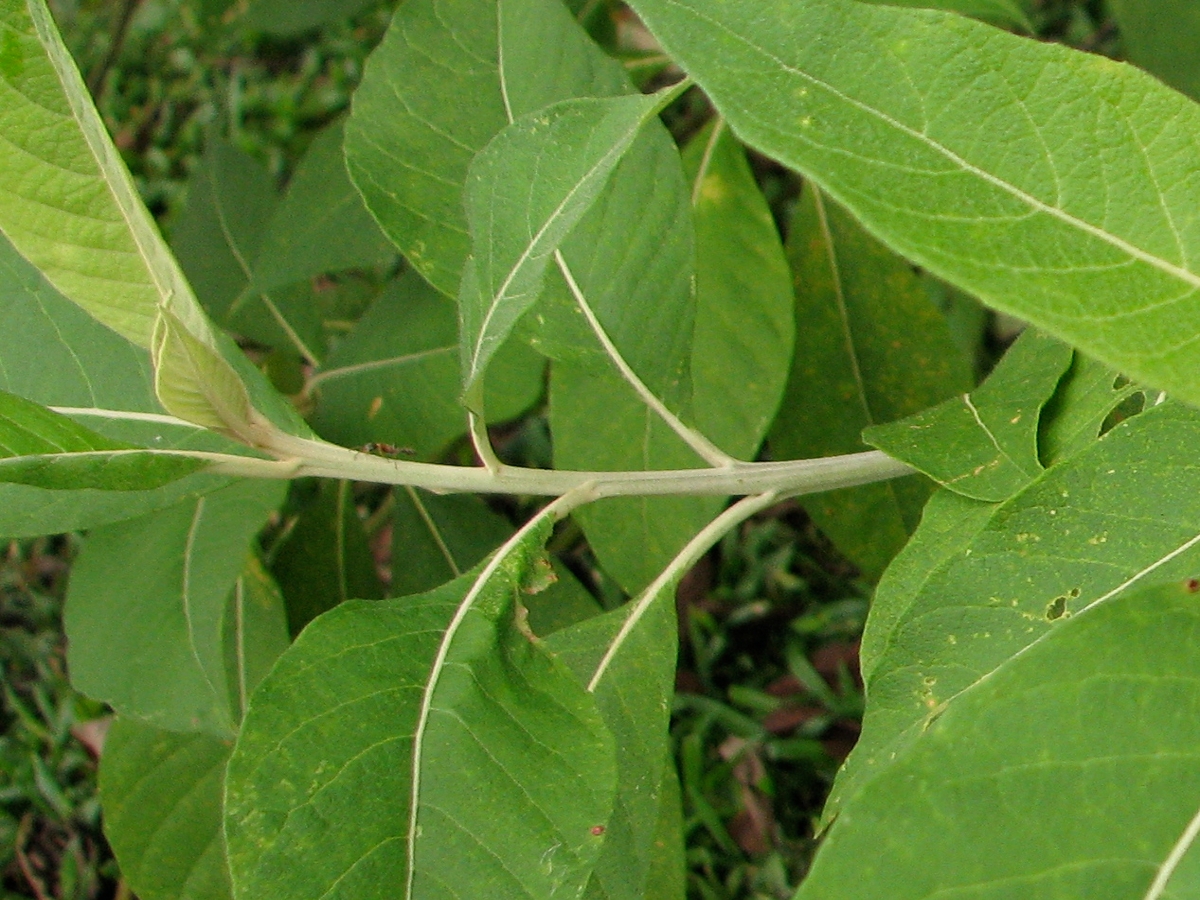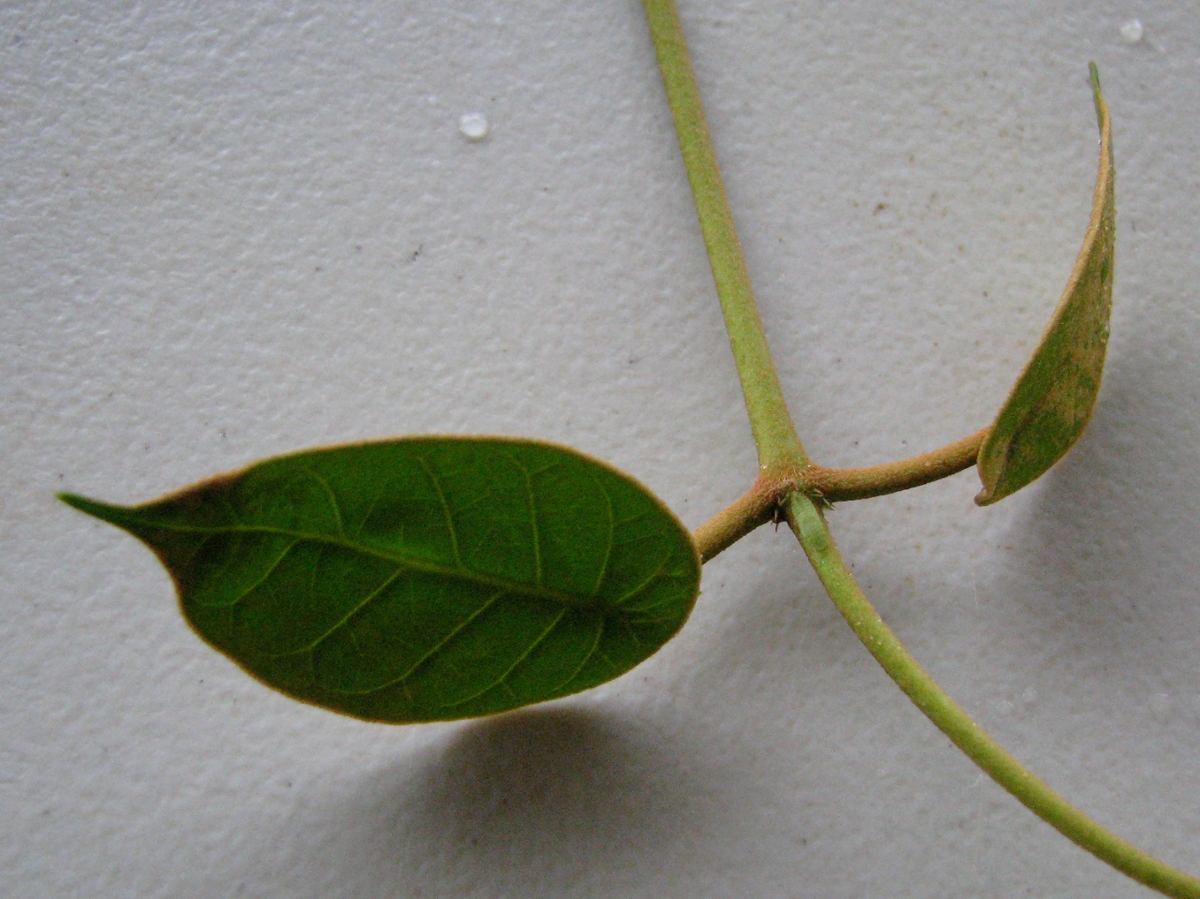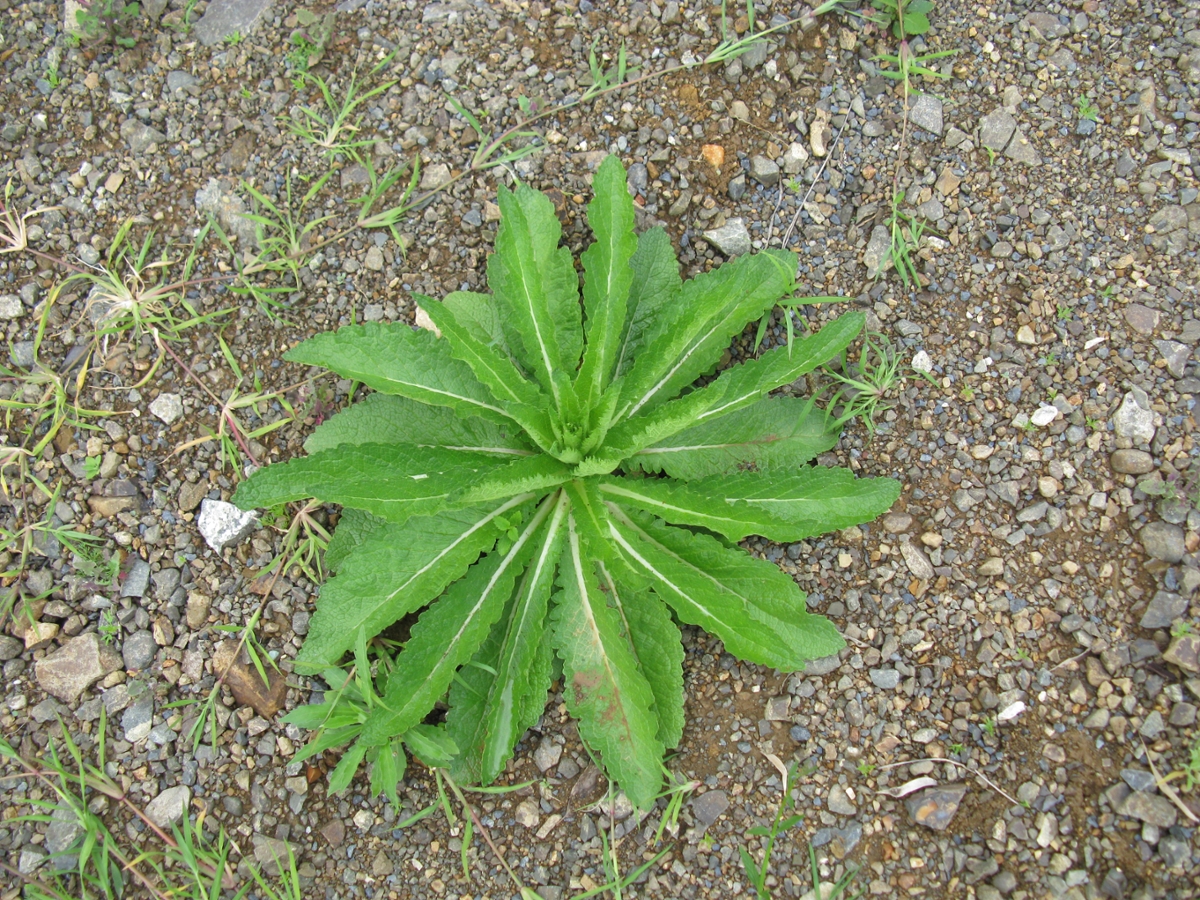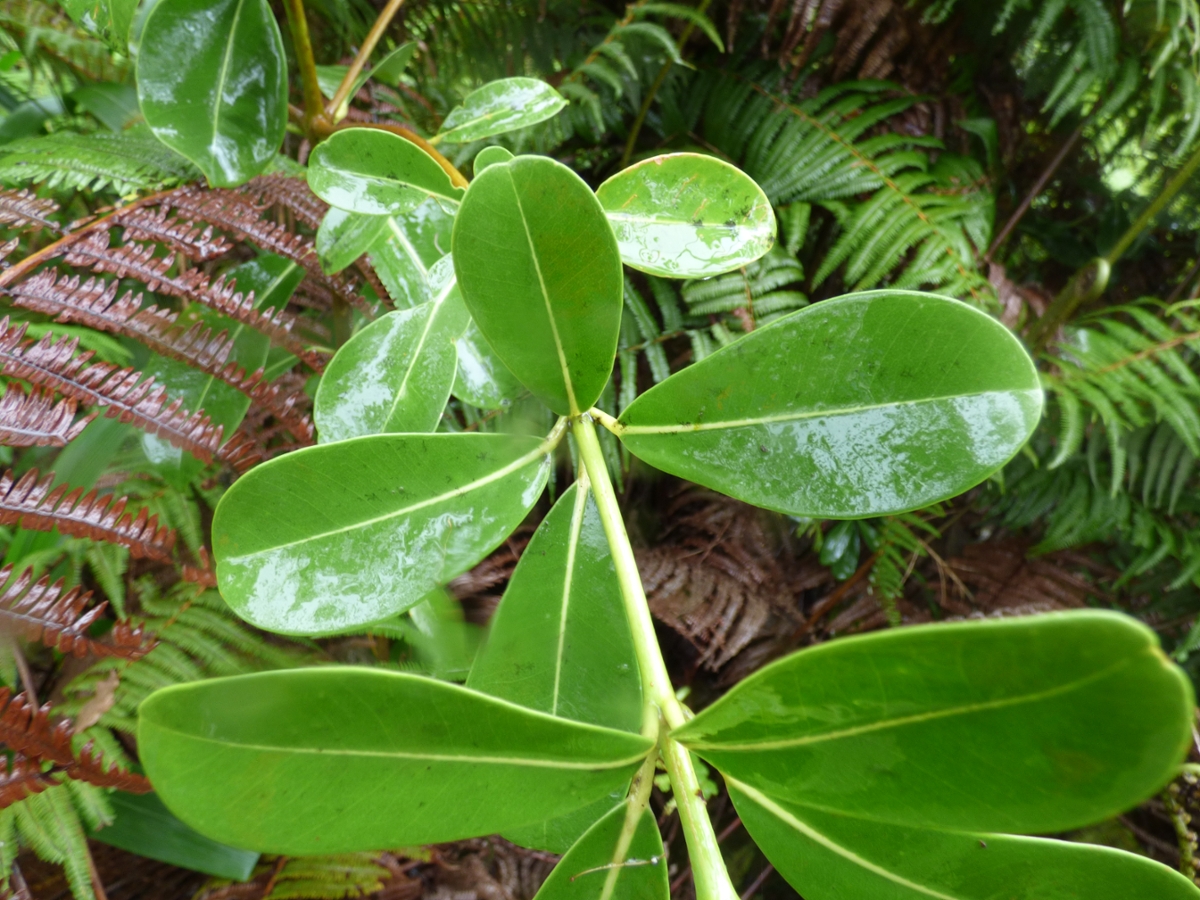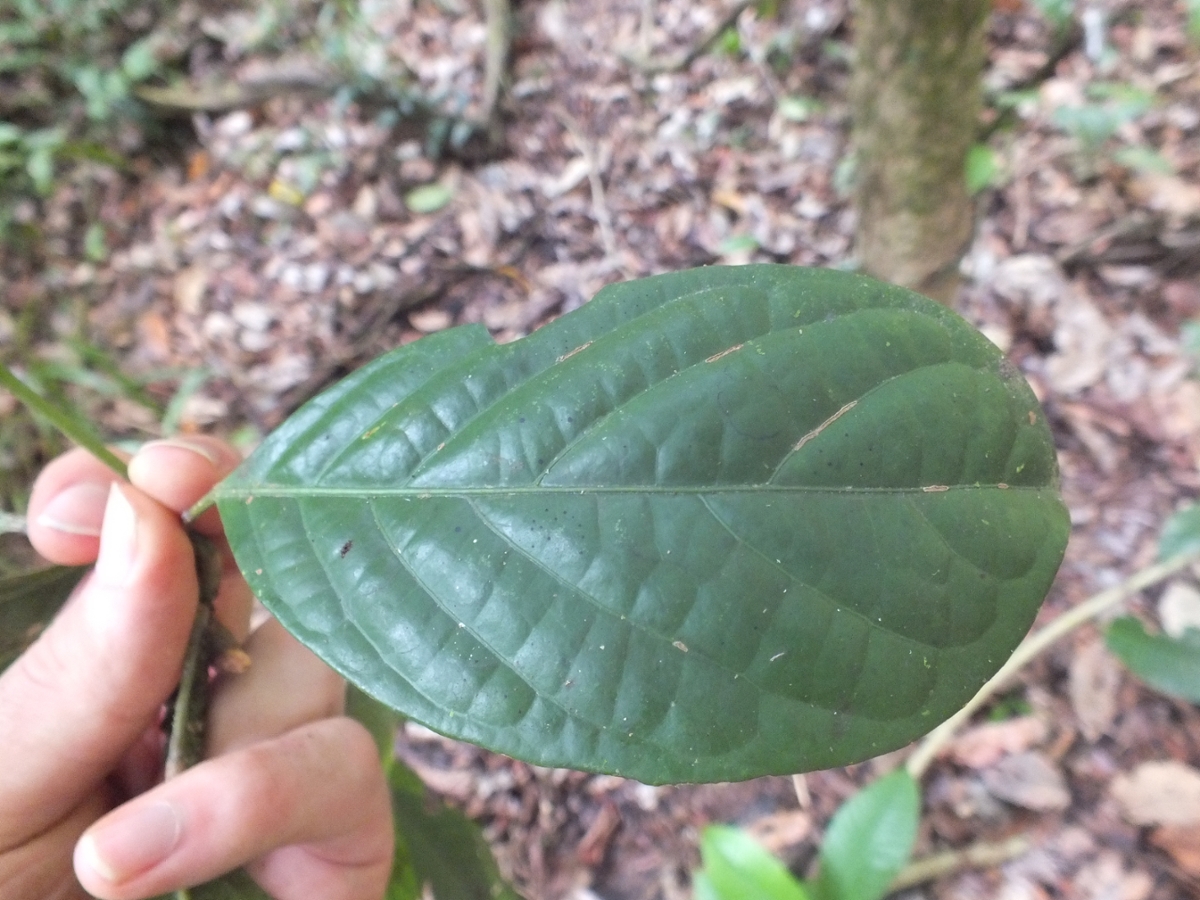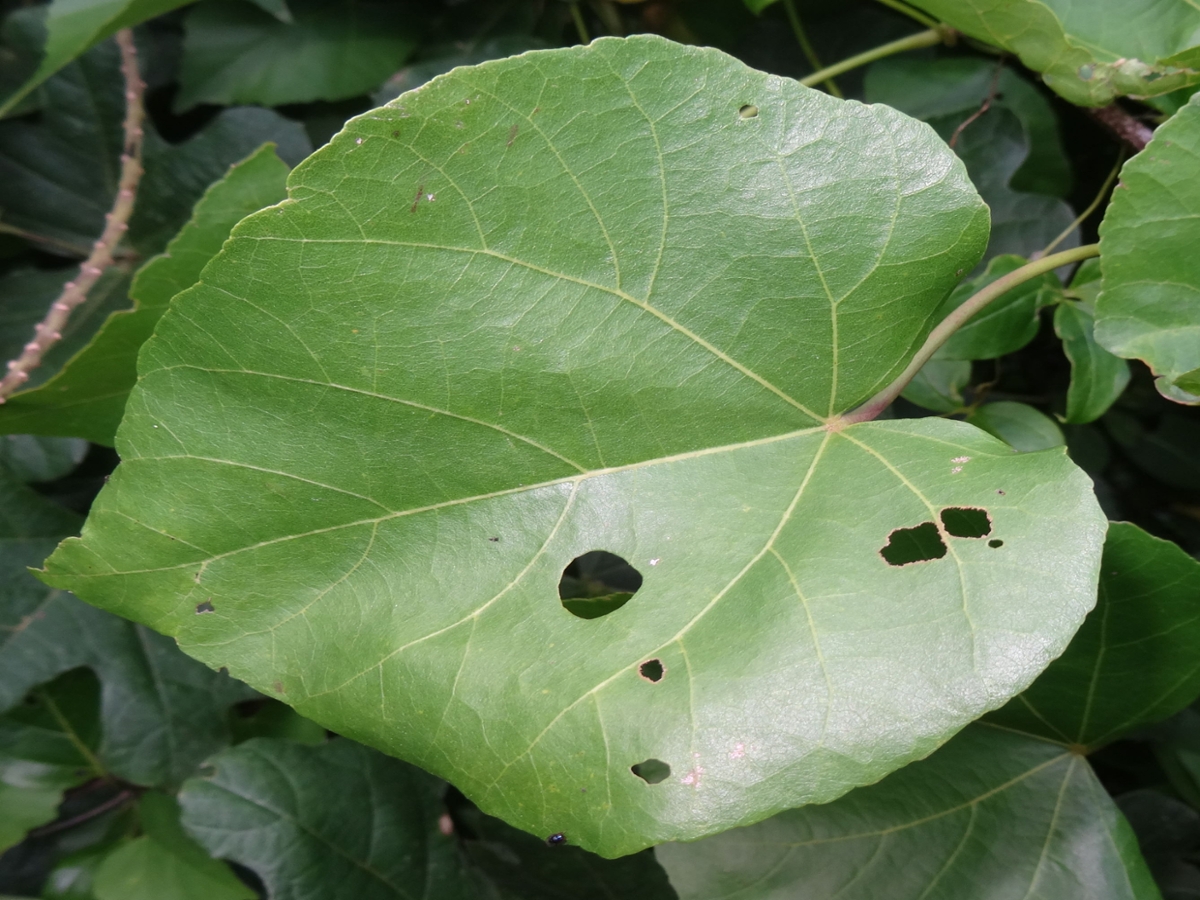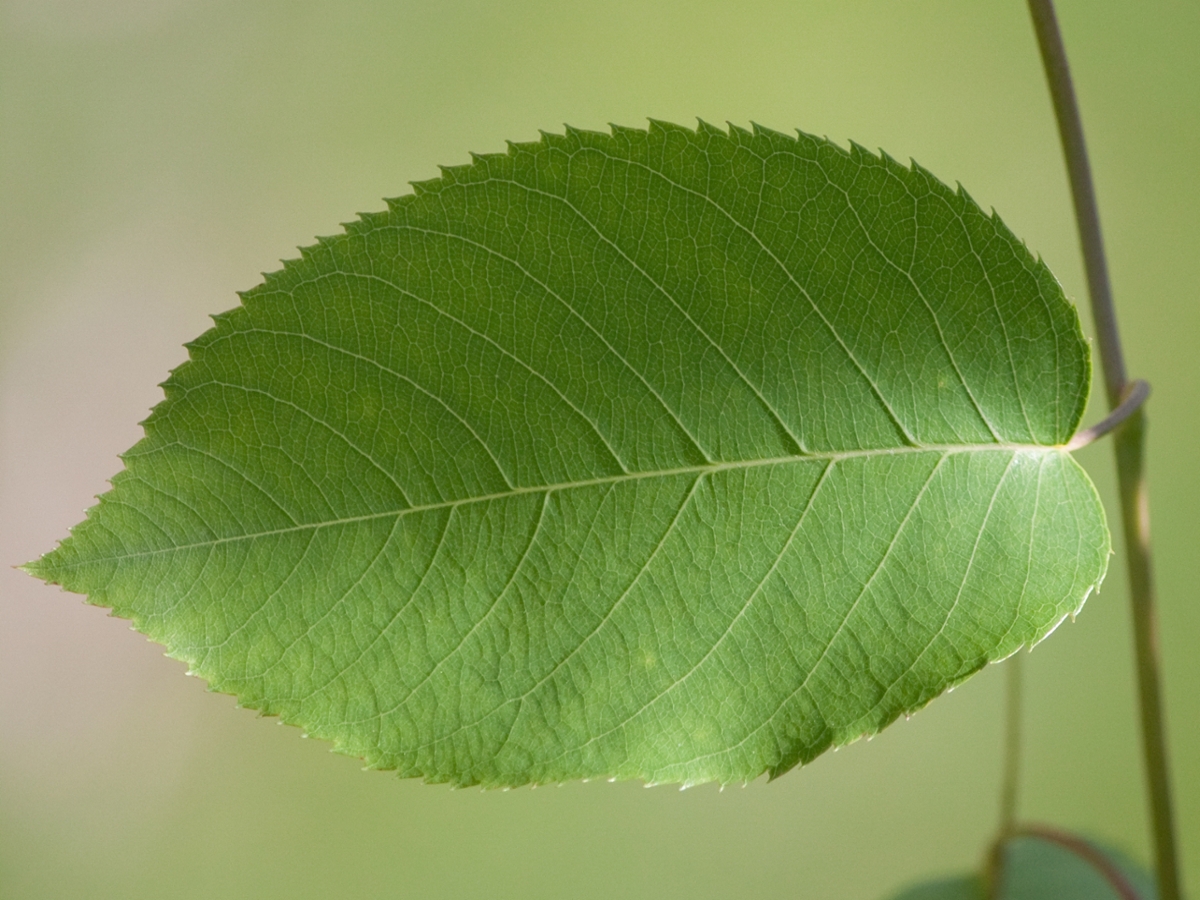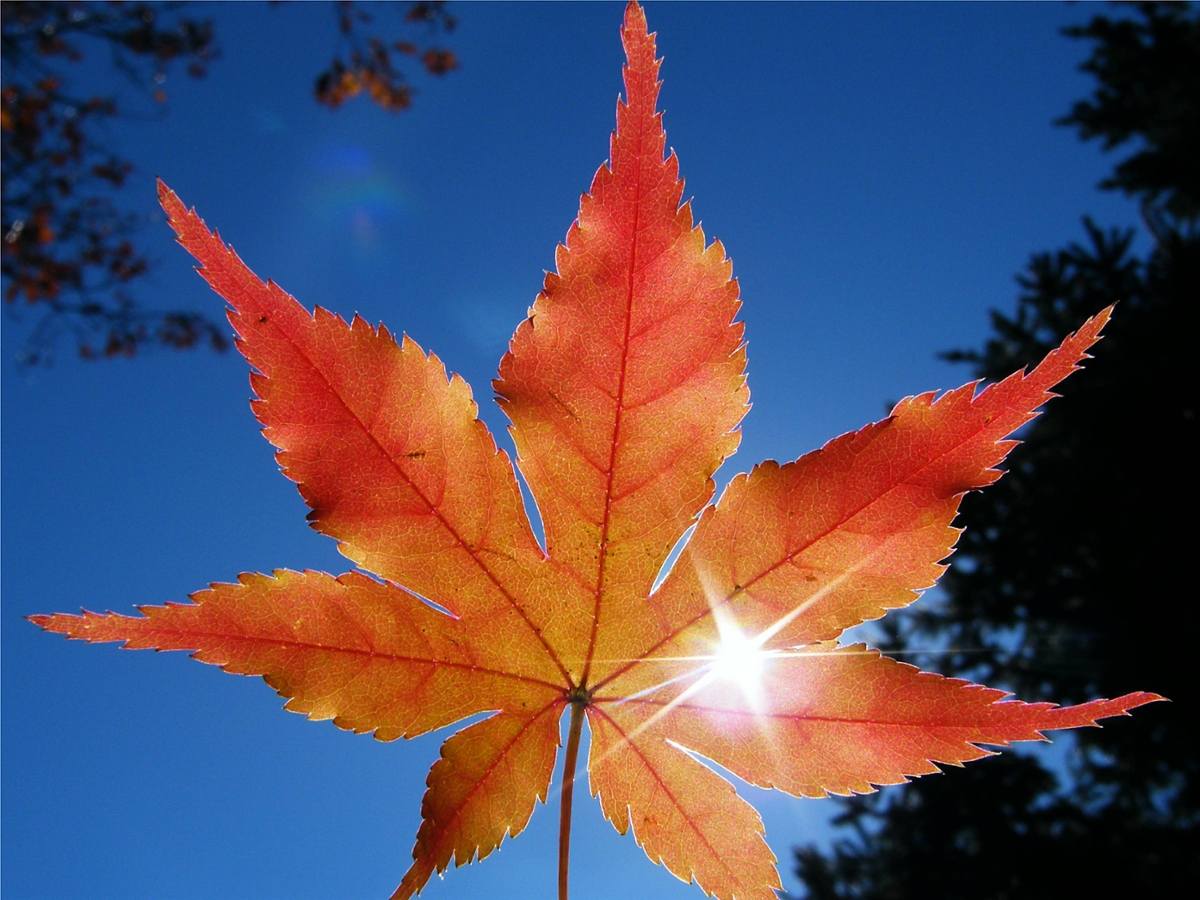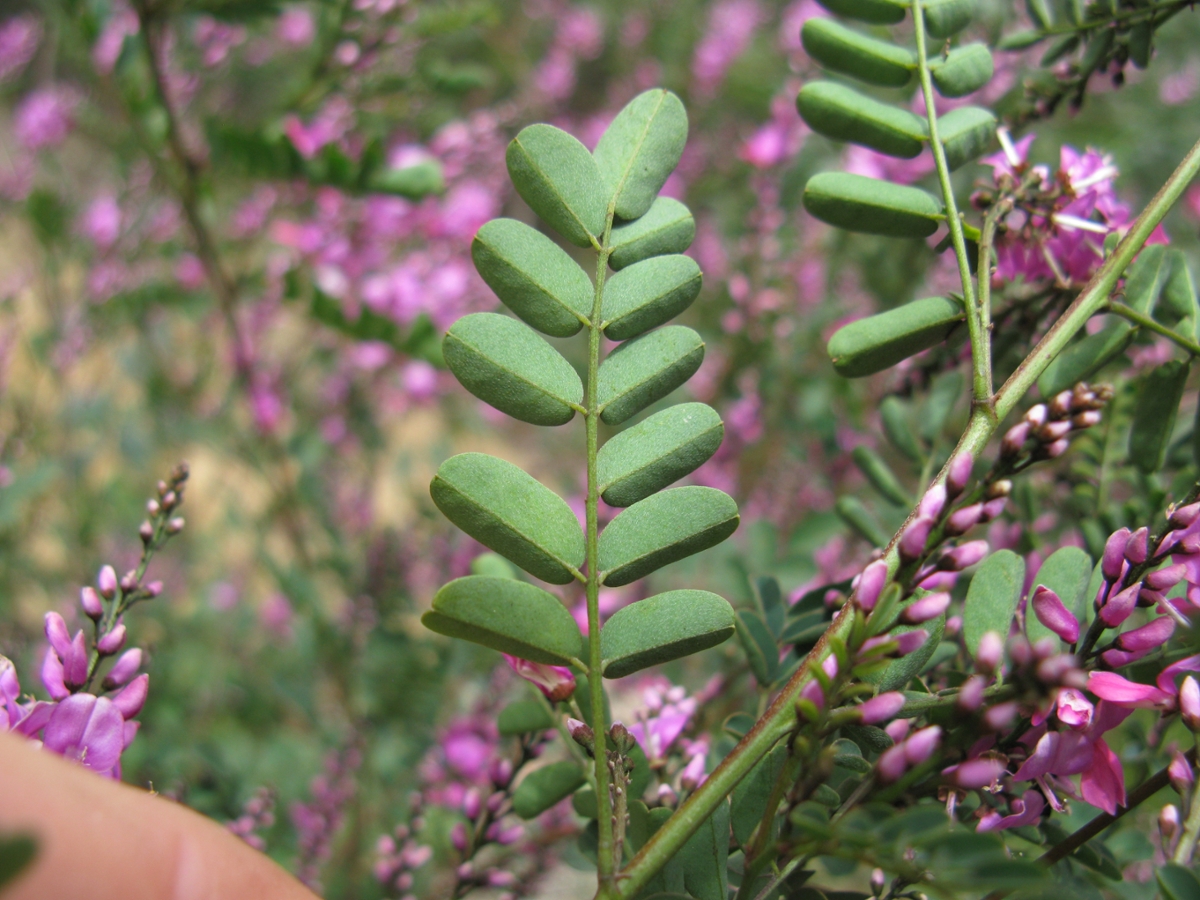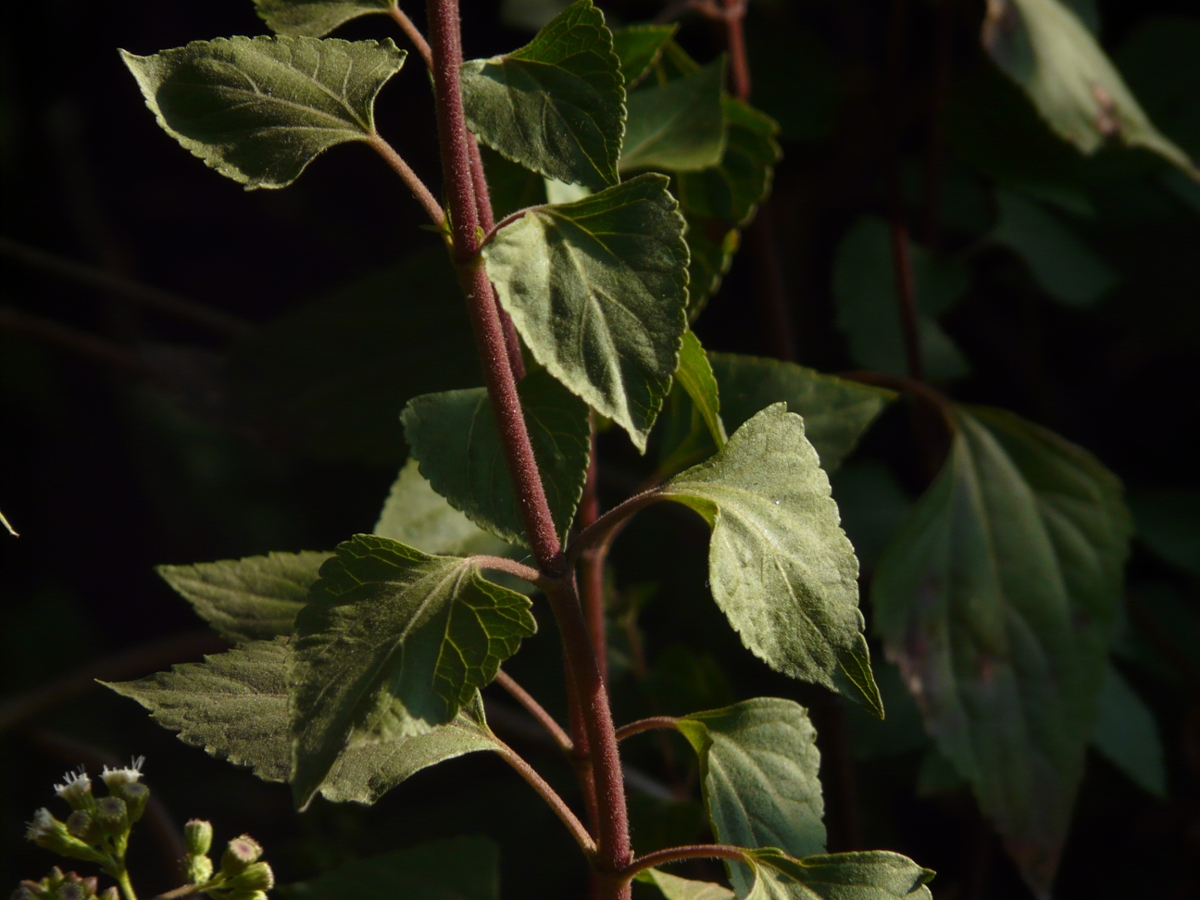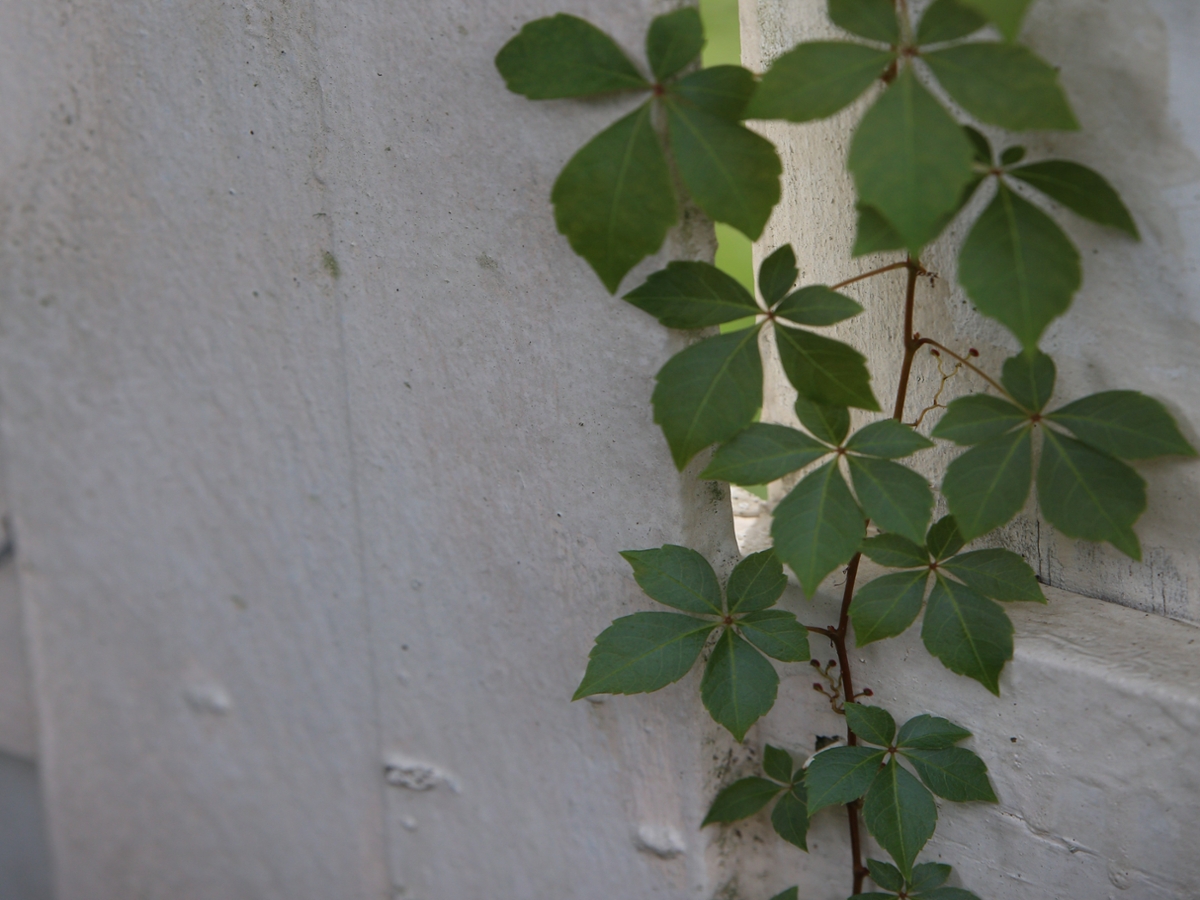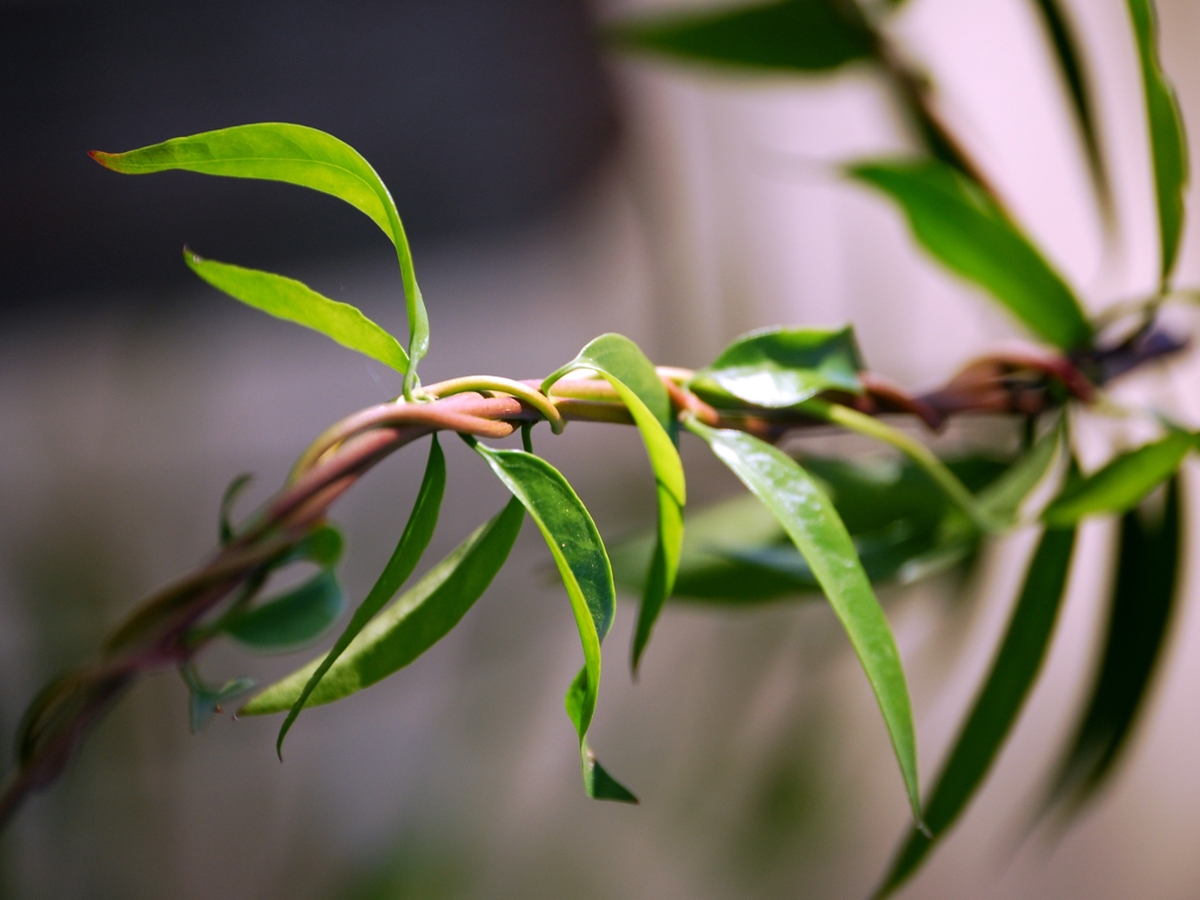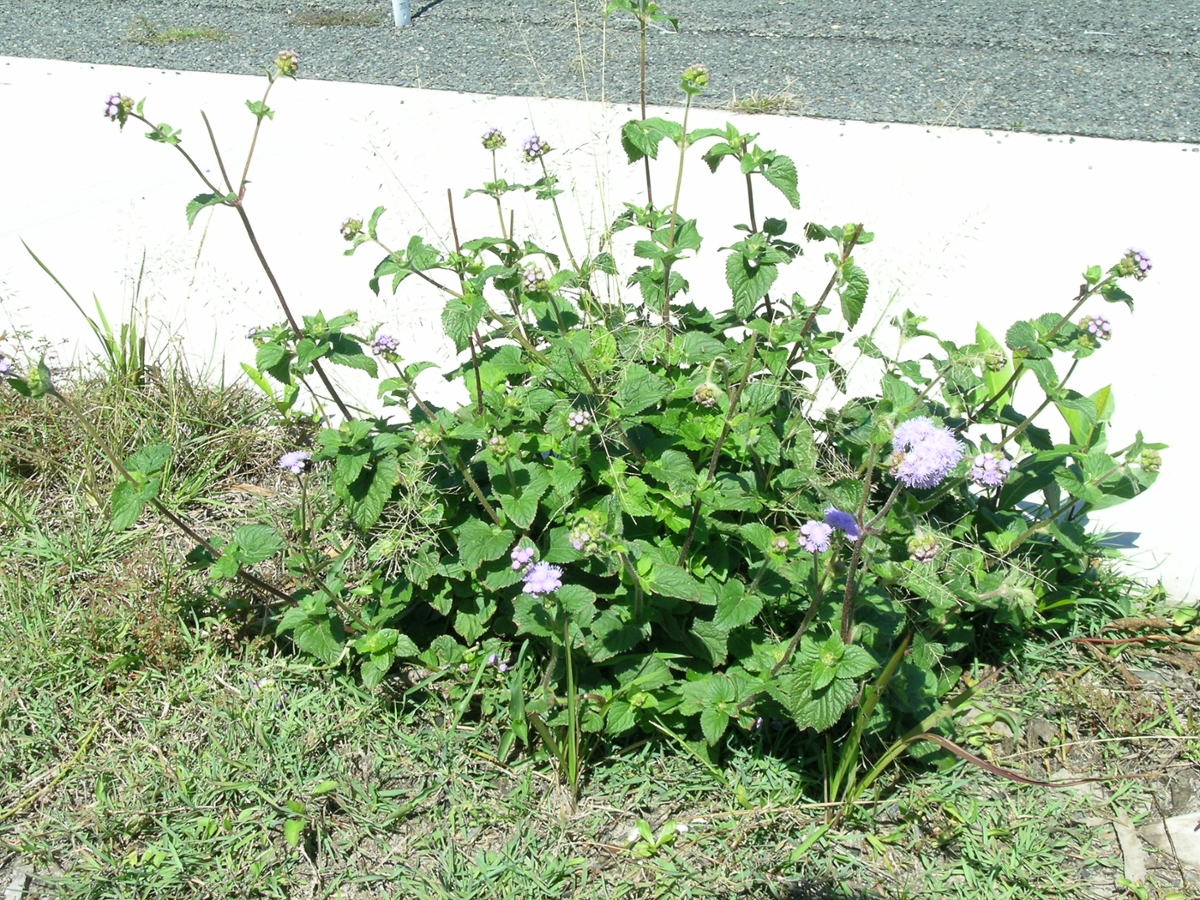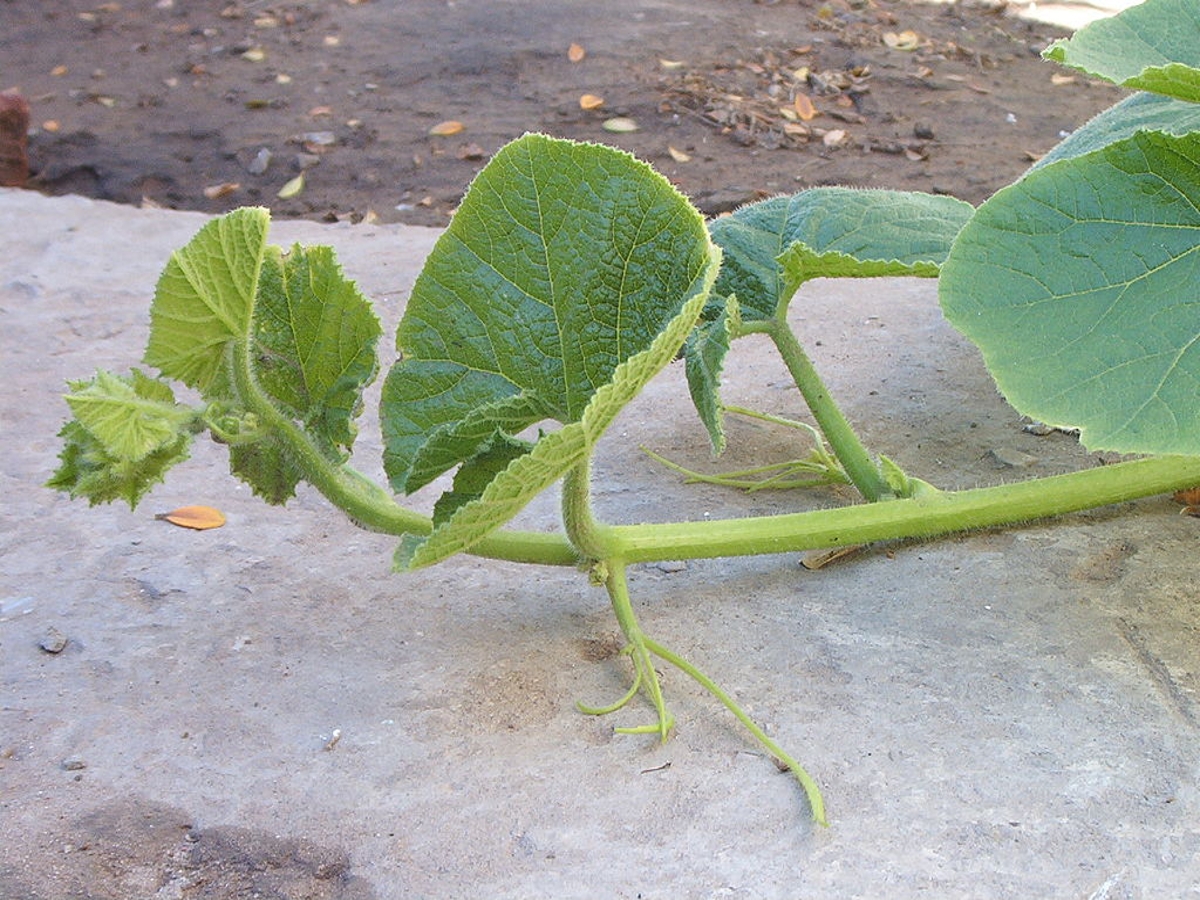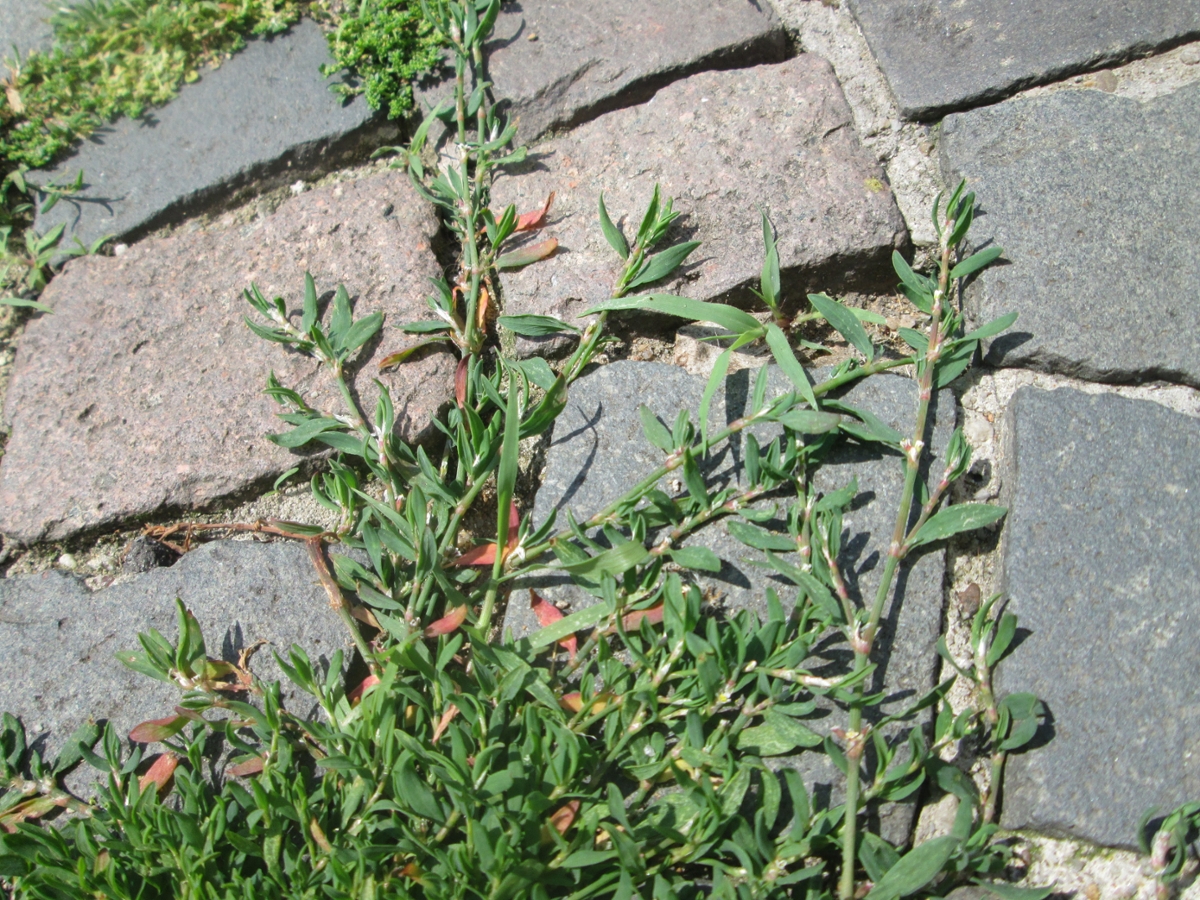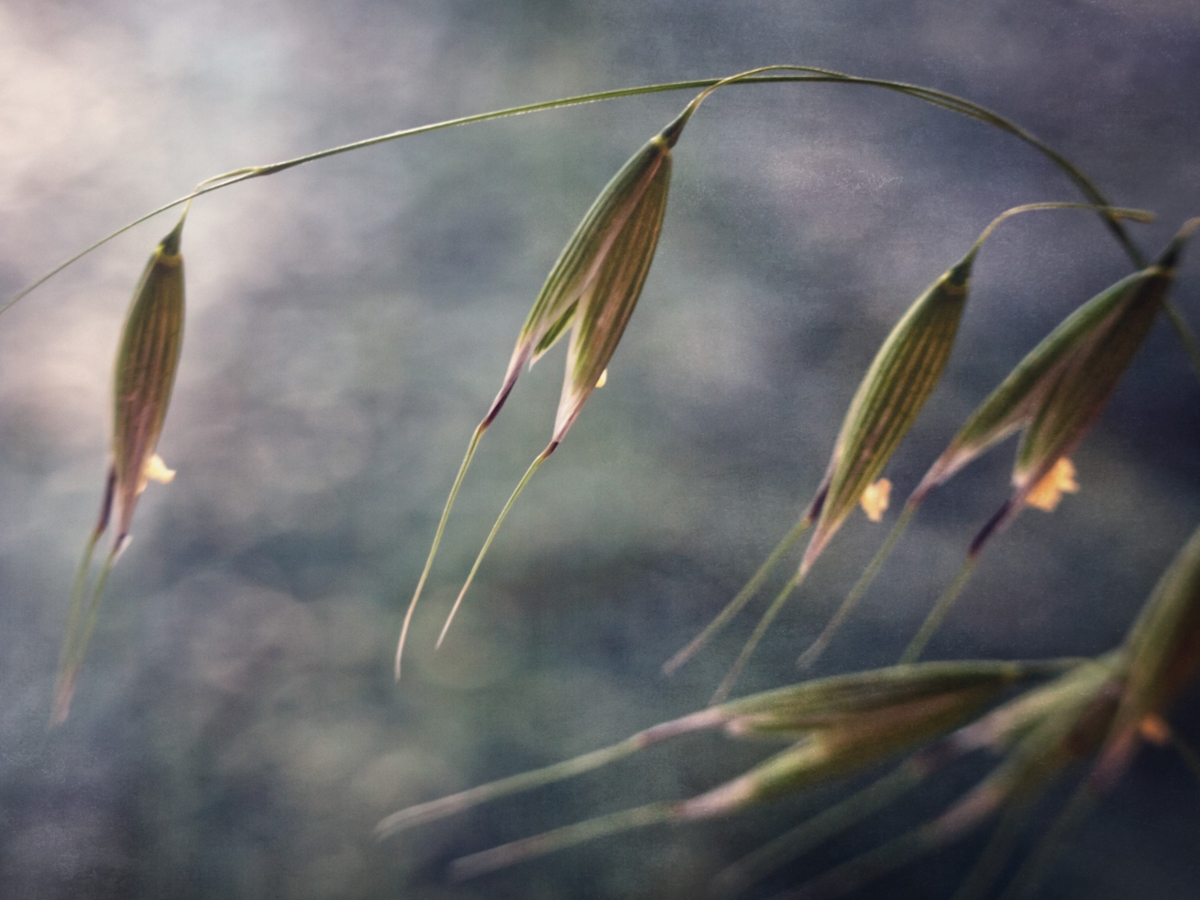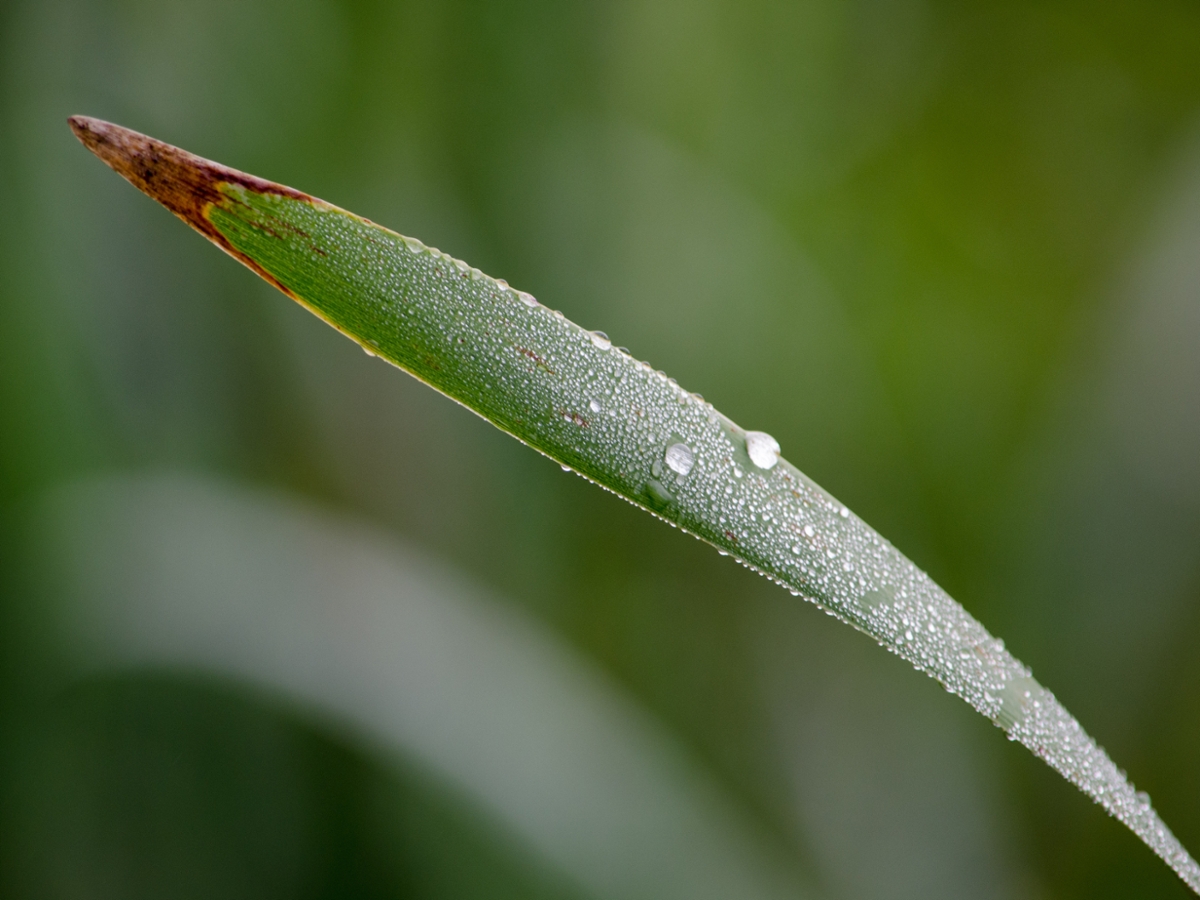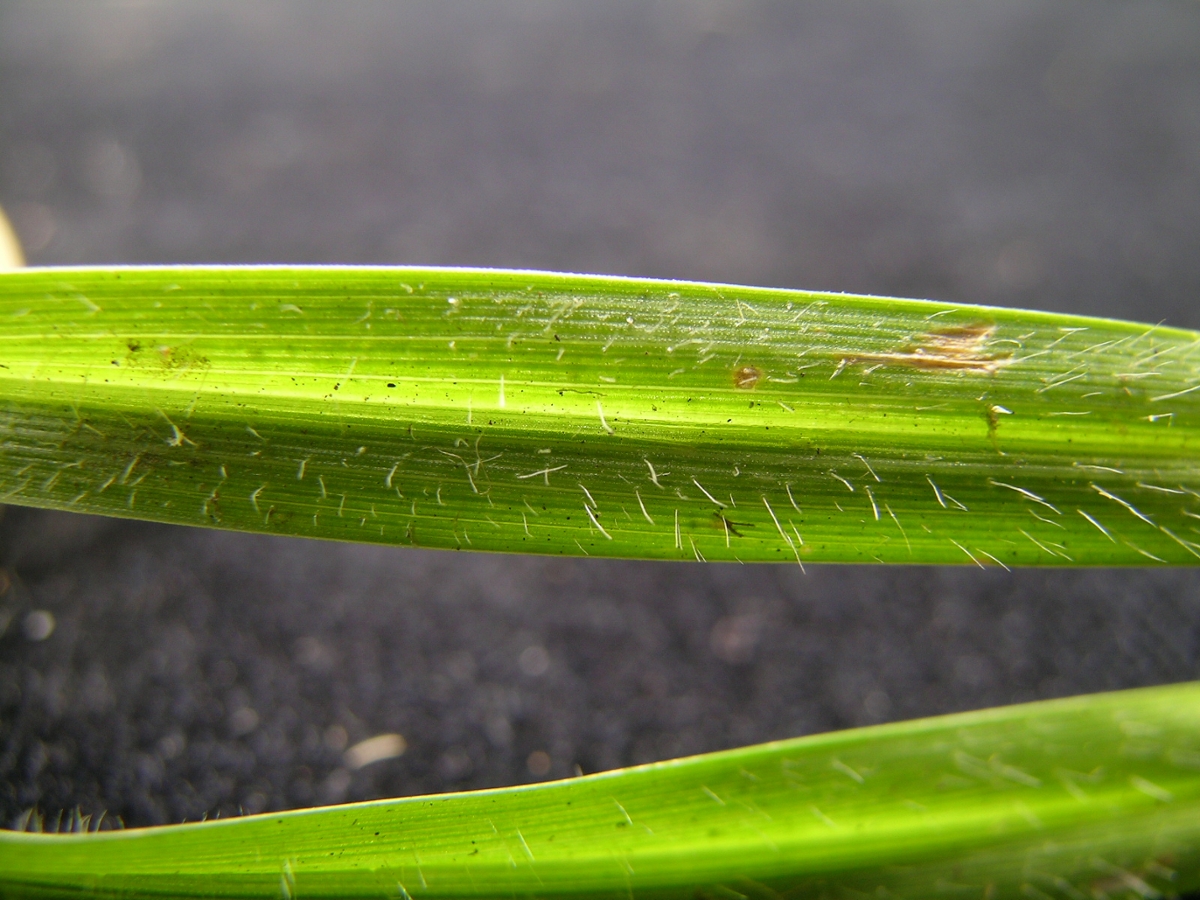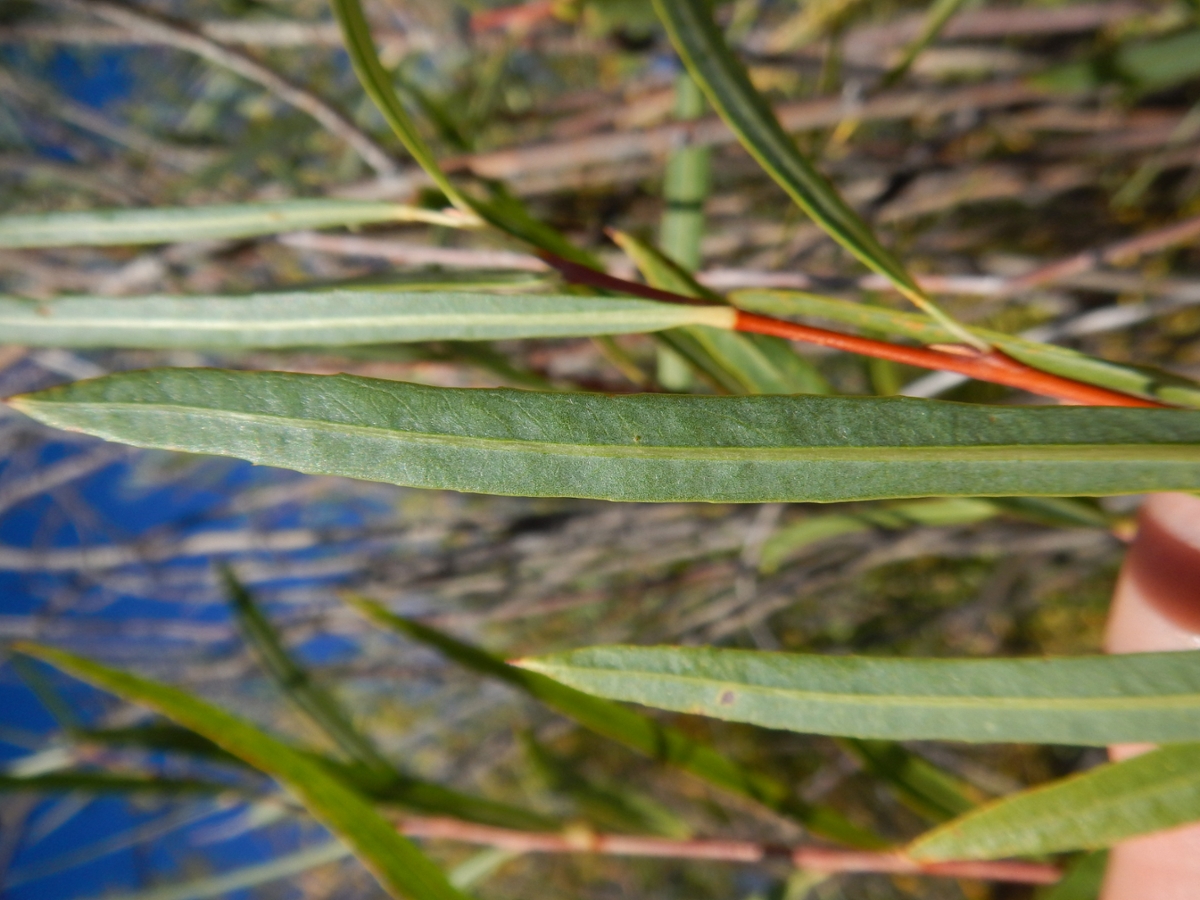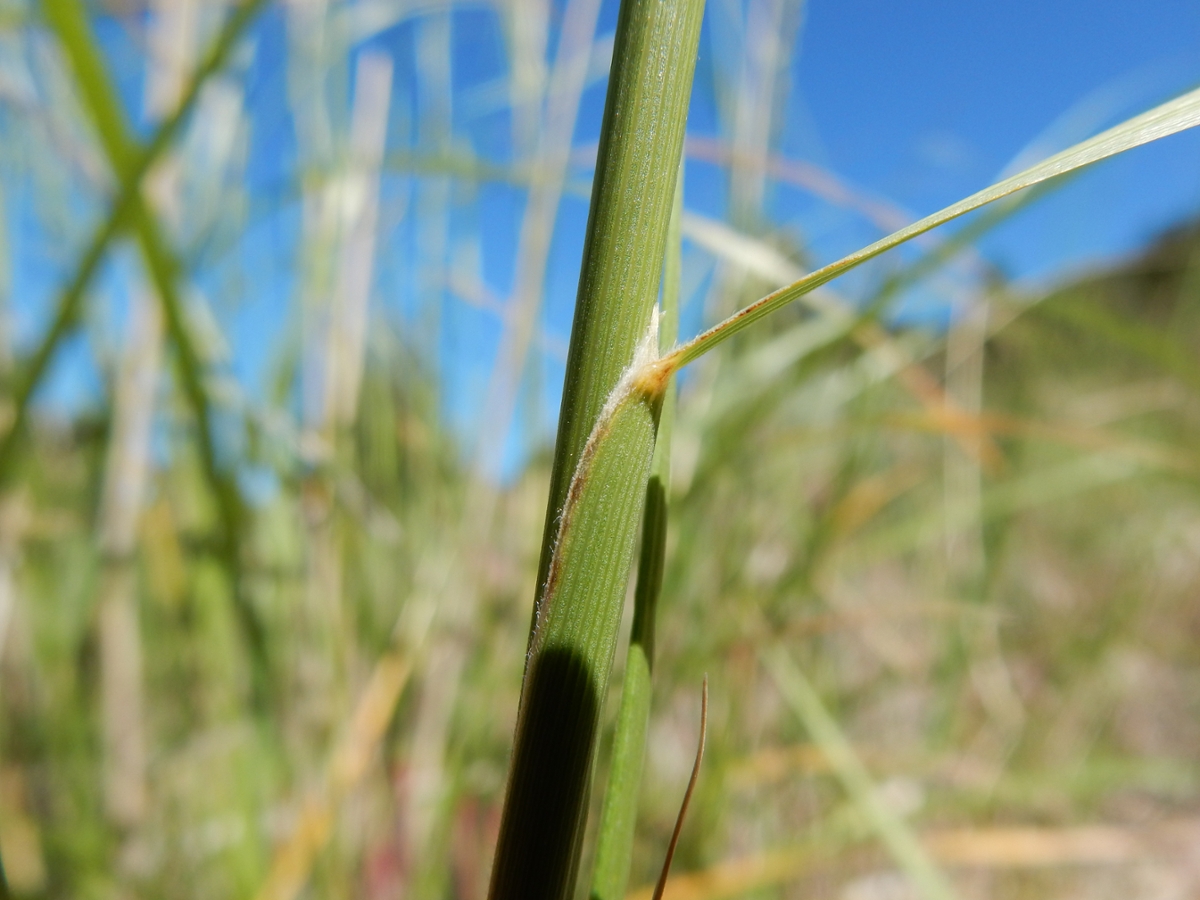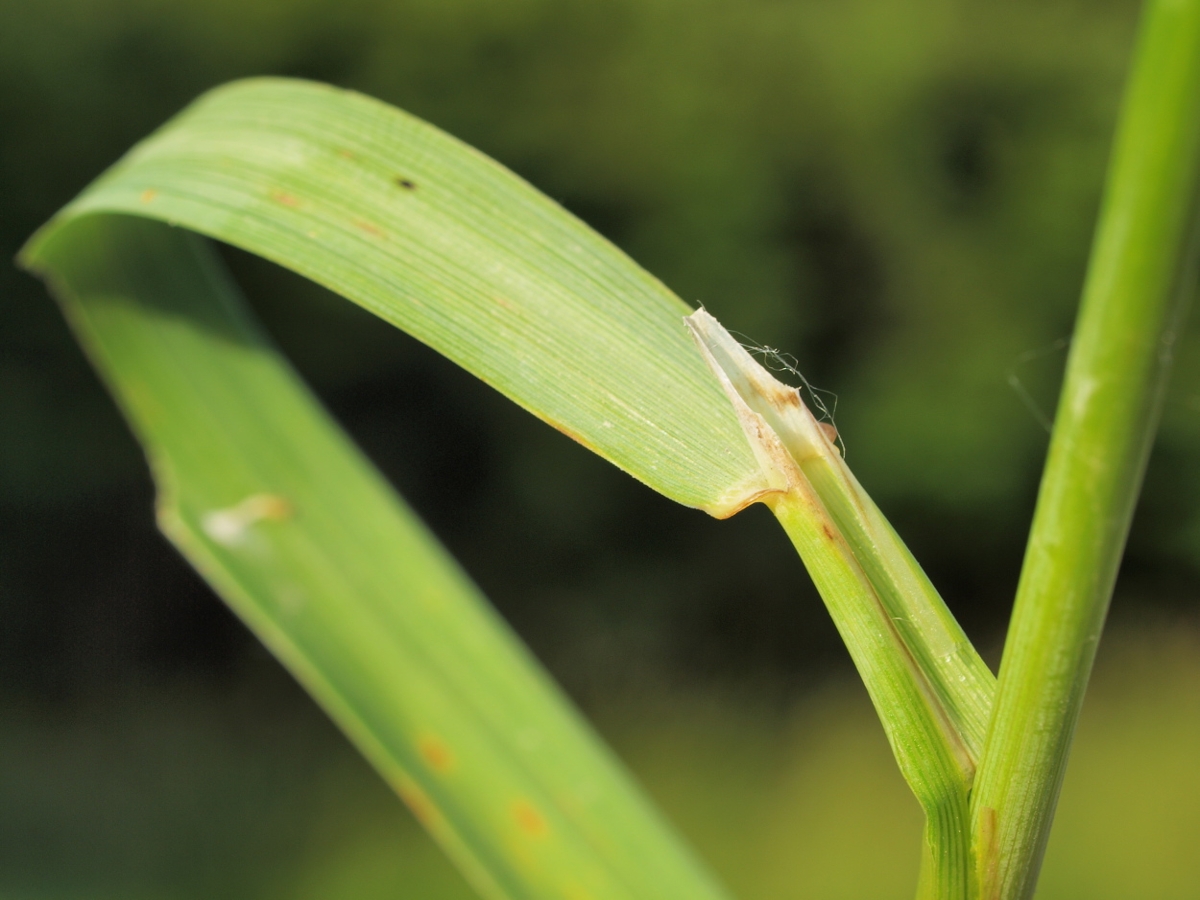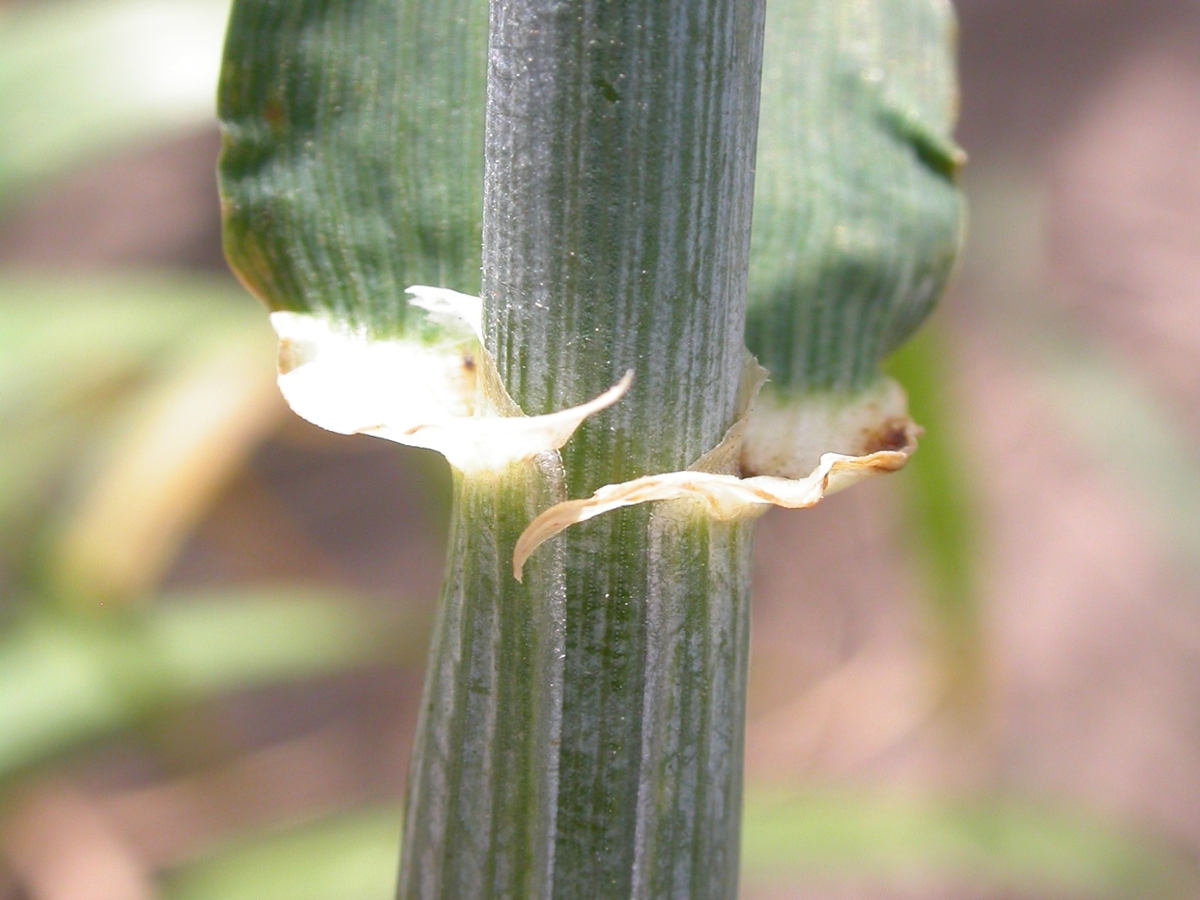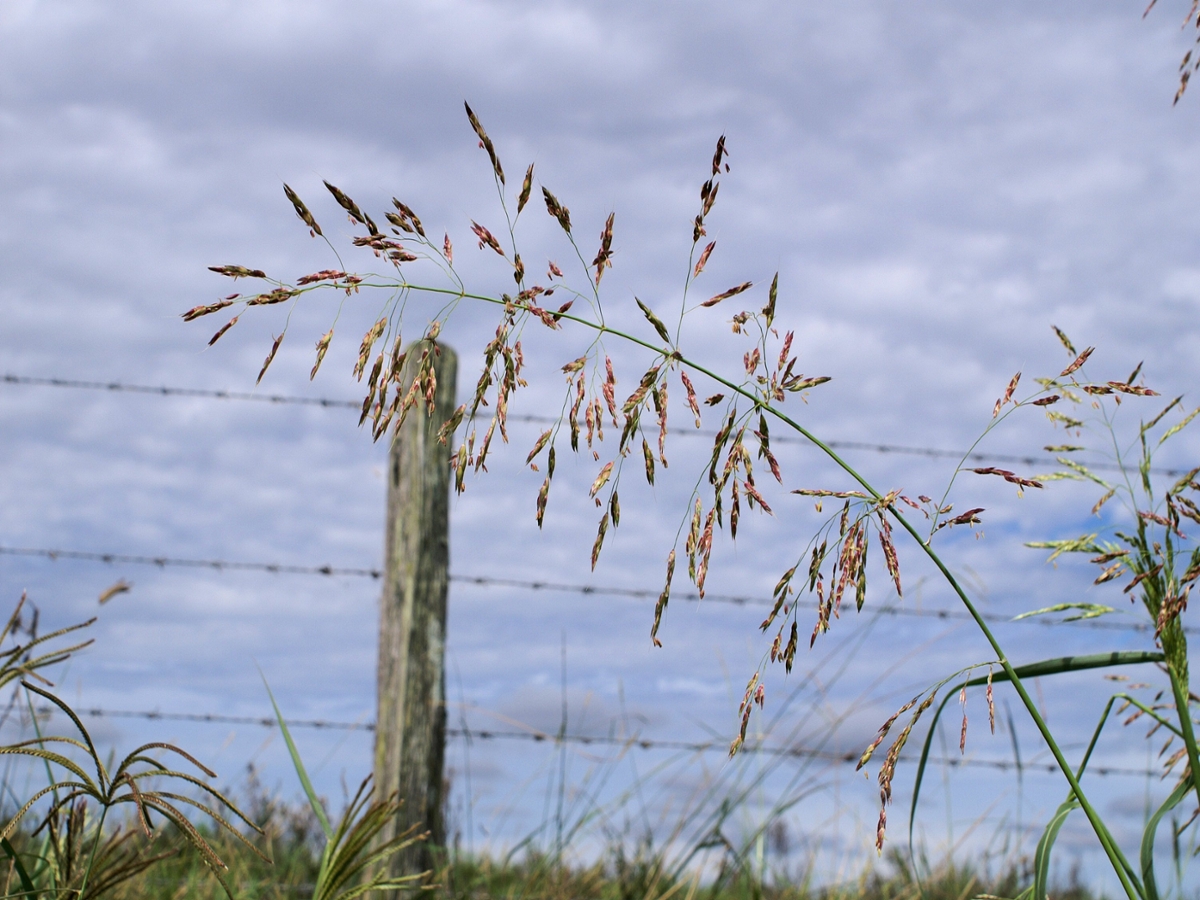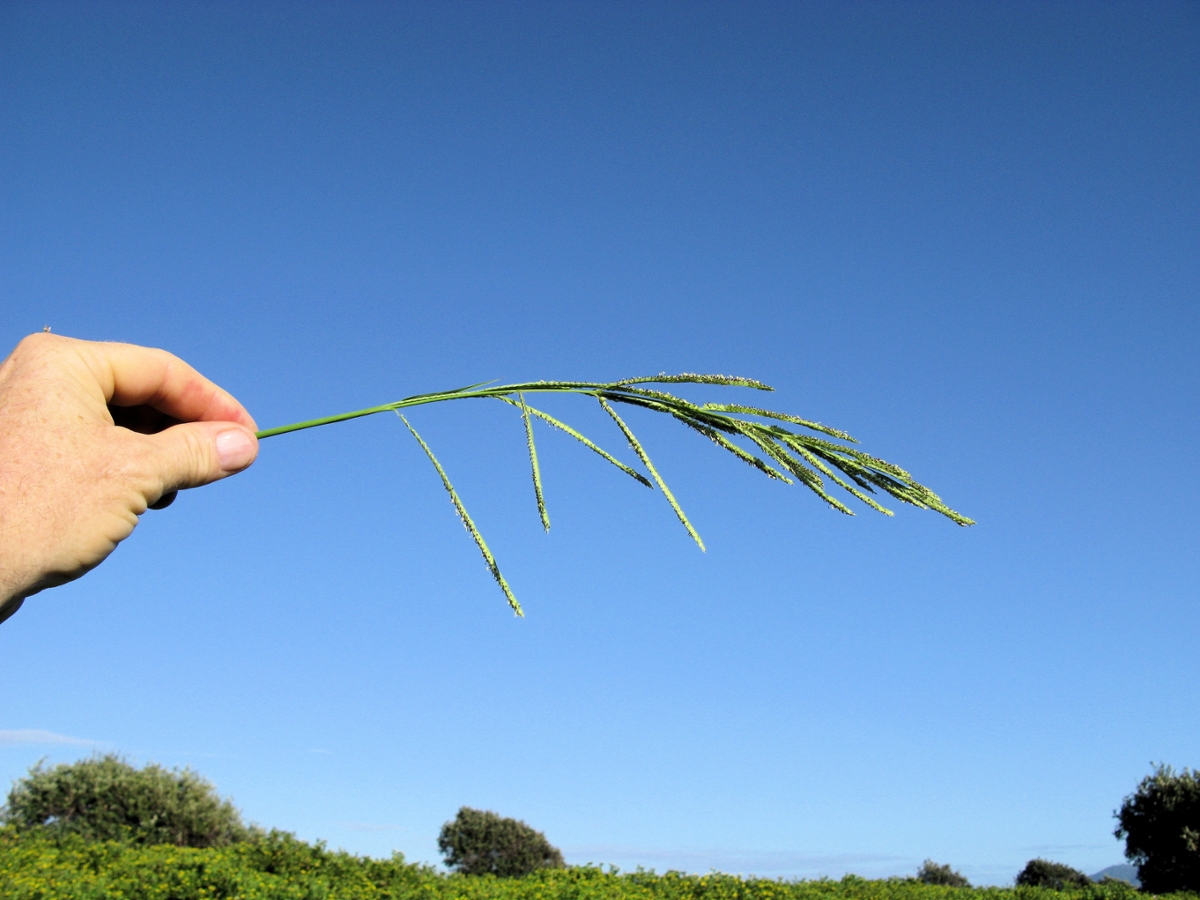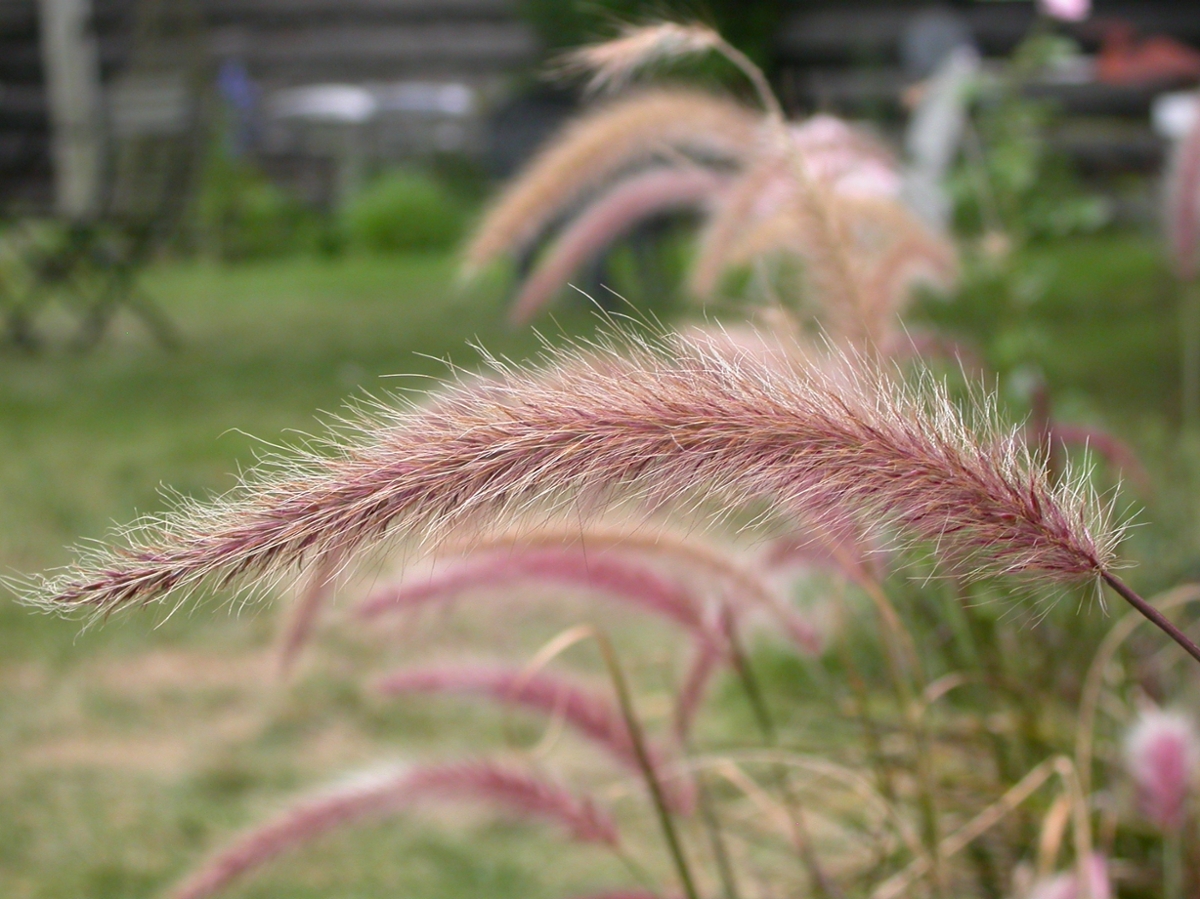Weed ID and Biology
Weed Types
Describes a generalized group of weeds whose growing point is above ground.
A large, hardy family of plants whose growing point is below ground.
Family of plants closely related to grasses with the distinguishing characteristic of having a triangular cross-sectioned stem.
*The lists of weeds provided are not exhaustive
Botany Terminology for Weed Identification
Life Cycle
Annual- grows, reproduces, & dies back within one growing season
- Summer annuals germinate during warm seasons
- Winter annuals germinate during cool/cold seasons
Biennial- grows, reproduces, & dies over a two-year period
Perennial- live & reproduce indefinitely, may have periods of dormancy
| Root Type | Root Type Description | Root Type Image |
|---|---|---|
| Taproot | Long central root w/ smaller secondary roots extending out | 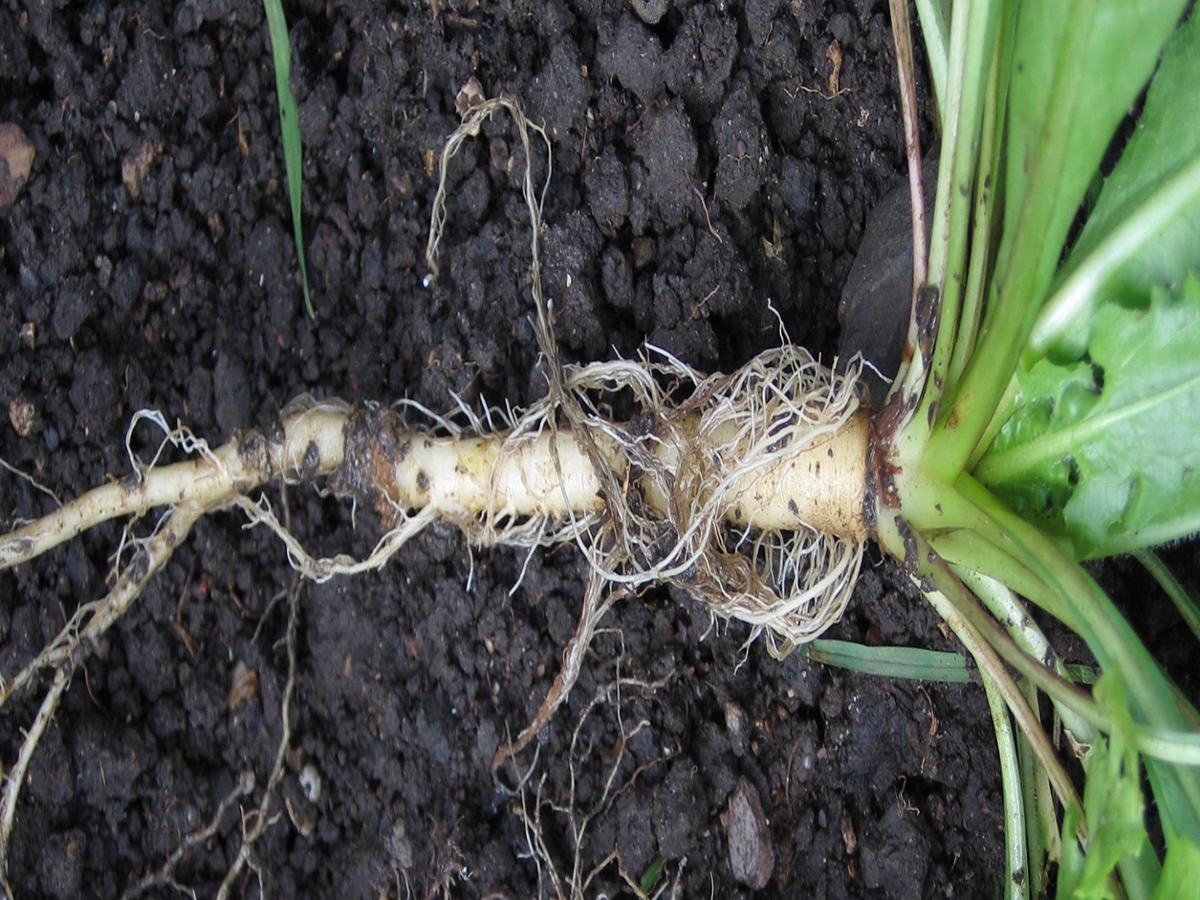 |
| Fibrous roots | Many long, branching roots w/ smaller secondary roots extending out | 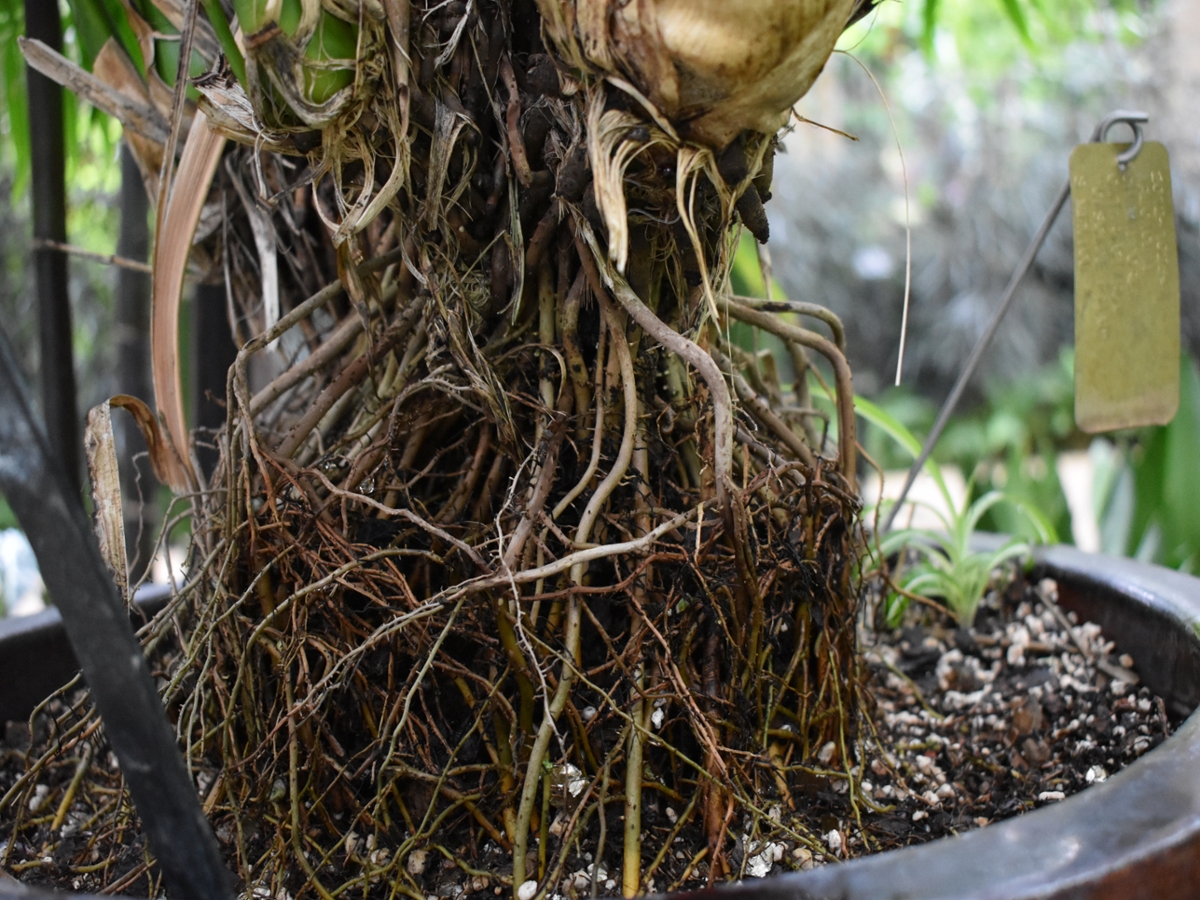 |
| Adventitious | Roots formed from areas of the plant other than the root meristem, generally from the stem | 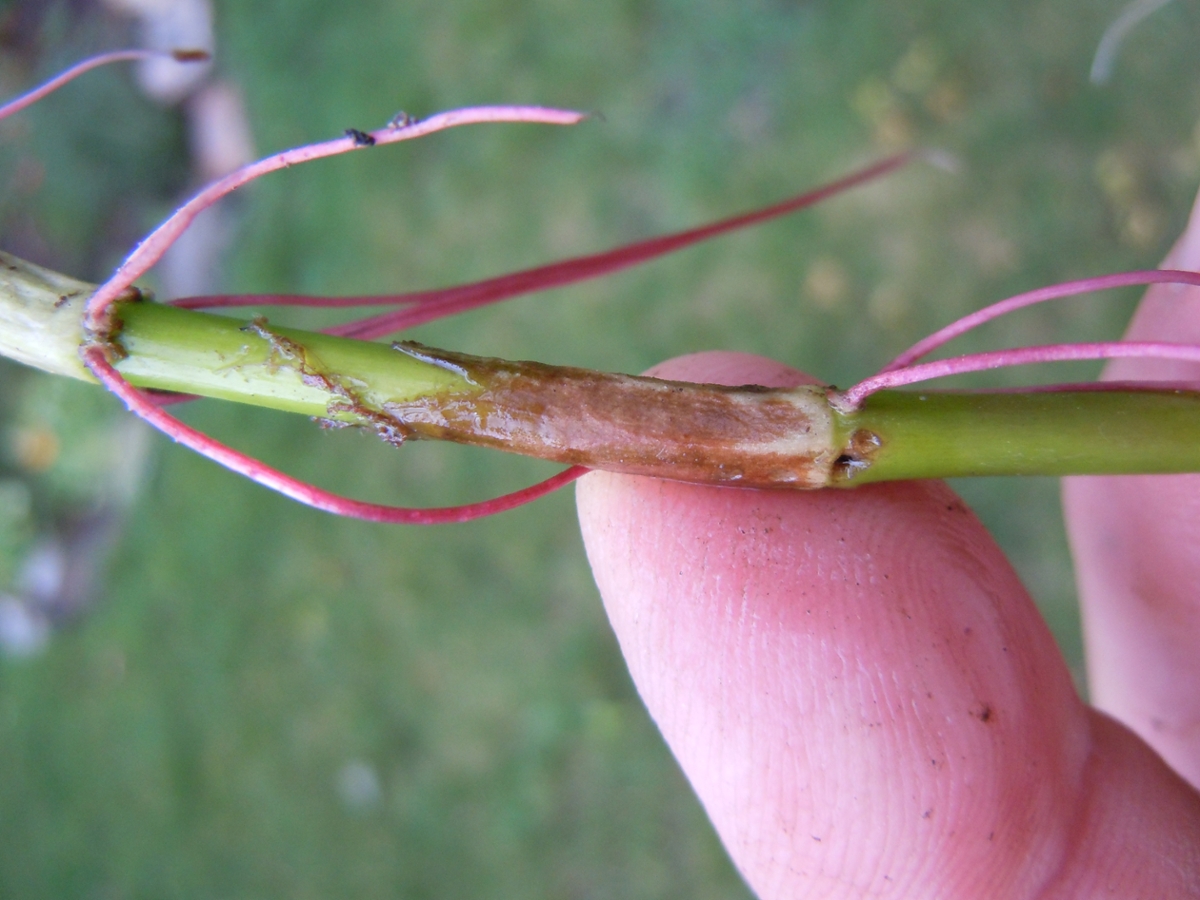 |
| Perennial Growth Structure Type | Perennial Growth Structure Description | Perennial Growth Structure Images |
|---|---|---|
| Rhizome |
Horizontal stem that forms beneath the ground & sends up shoots above ground & roots below ground |
|
| Tuber |
Large carbohydrate-rich storage organ that forms beneath the ground |
|
| Stolon |
Horizontal stem that extends runners above ground that produce new plants w/ complete shoots and roots which produce more runners |
|
| Bulb |
Large storage organ that forms beneath the ground comprised of a small stem surrounded by layers of fleshy storage leaves |
|
| Lanceolate | Linear | Elliptic |
|---|---|---|
 |
 |
|
| Oblong | Obovate | Orbicular |
 |
 |
 |
| Ovate | Spatulate | Reniform |
 |
 |
 |
| Palmatisect | Palmitifide | Pedate |
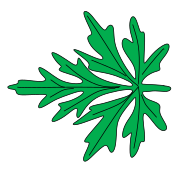 |
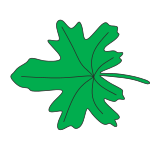 |
 |
| Pinnate | Bipinnate | Tripinnate |
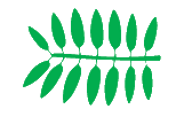 |
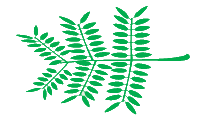 |
 |
| Pinnatifid | Obcordate | Trifoliate |
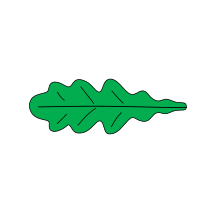 |
 |
 |
| Multifide | Palmately Compound | Perfoliate |
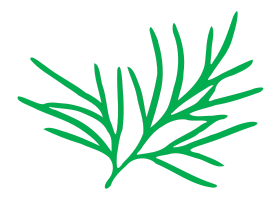 |
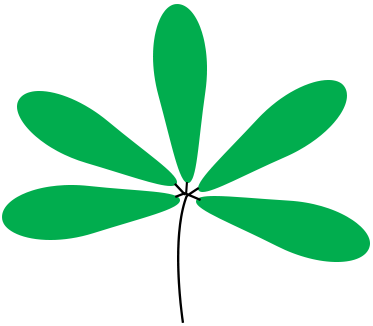 |
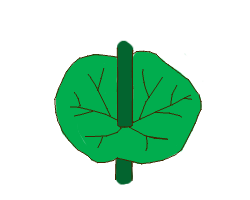 |
| Leaf Arrangement Type | Leaf Arrangement Description | Leaf Arrangement Image |
|---|---|---|
| Alternate |
Leaves grow on a single side of the stem per node |
|
| Opposite |
Leaves grow on both sides of the stem per node |
|
| Basal rosette |
A ring of leaves that forms around the base of the stem |
|
| Whorled |
A ring of leaves that forms along the stem |
|
| Leaf Margin Type | Leaf Margin Description | Leaf Margin Image |
|---|---|---|
| Entire |
Round leaf margin |
|
| Crenate |
Crinkled leaf margin |
|
| Serrate |
Saw-like leaf margin |
|
| Palmate |
Leaflets coming off the end of a single leaf petiole |
|
| Pinnate |
Leaflets branching out along the length of a single leaf petiole |
|
| Growing Habit Type | Growing Habit Description | Growing Habit Image |
|---|---|---|
| Erect |
Stem growing straight up |
|
| Climbing via tendrils |
Stem grows up along a surface using tendrils |
|
| Climbing via twining |
Stem grows up a surface by wrapping around it |
|
| Ascending |
Stems growing up & out |
|
| Decumbent |
Stems growing out horizontally but curve up at the ends |
|
| Prostrate |
Stems growing out horizontally along the ground |
|
Grass Identification Tips
Because the leaves and flowers of grasses can often look similar to one another, being able to identify the unique anatomical features that can be used to differentiate between the various grass genera and species is important.
| Grass Feature Name | Grass Feature Description | Grass Feature Image |
|---|---|---|
| Awn |
A spike or bristle extending off grass seeds found in some grass species |
|
| Blade |
Leaf of a grass plant |
|
| Pubescent |
Covered in hairs |
|
| Glabrous |
Completely lacking hairs |
|
| Sheath |
Area at base of leaf that wraps around the stem of grass plant |
|
| Ligule |
Membrane or fringe of hairs near the area where the leaf sheath & blade meet (called the collar) |
|
| Auricle |
Extension at base of leaf blade present in some grass species; adjacent to collar between blade and sheath |
|
| Panicle inflorescence |
Type of flower where flower clusters are attached to stem by branchlets connected to branches coming off the stem |
|
| Raceme inflorescence |
Type of flower where flower clusters are attached to stem by branches connected to the stem |
|
| Spike inflorescence |
Type of flower where flower clusters are attached directly to stem |
|

